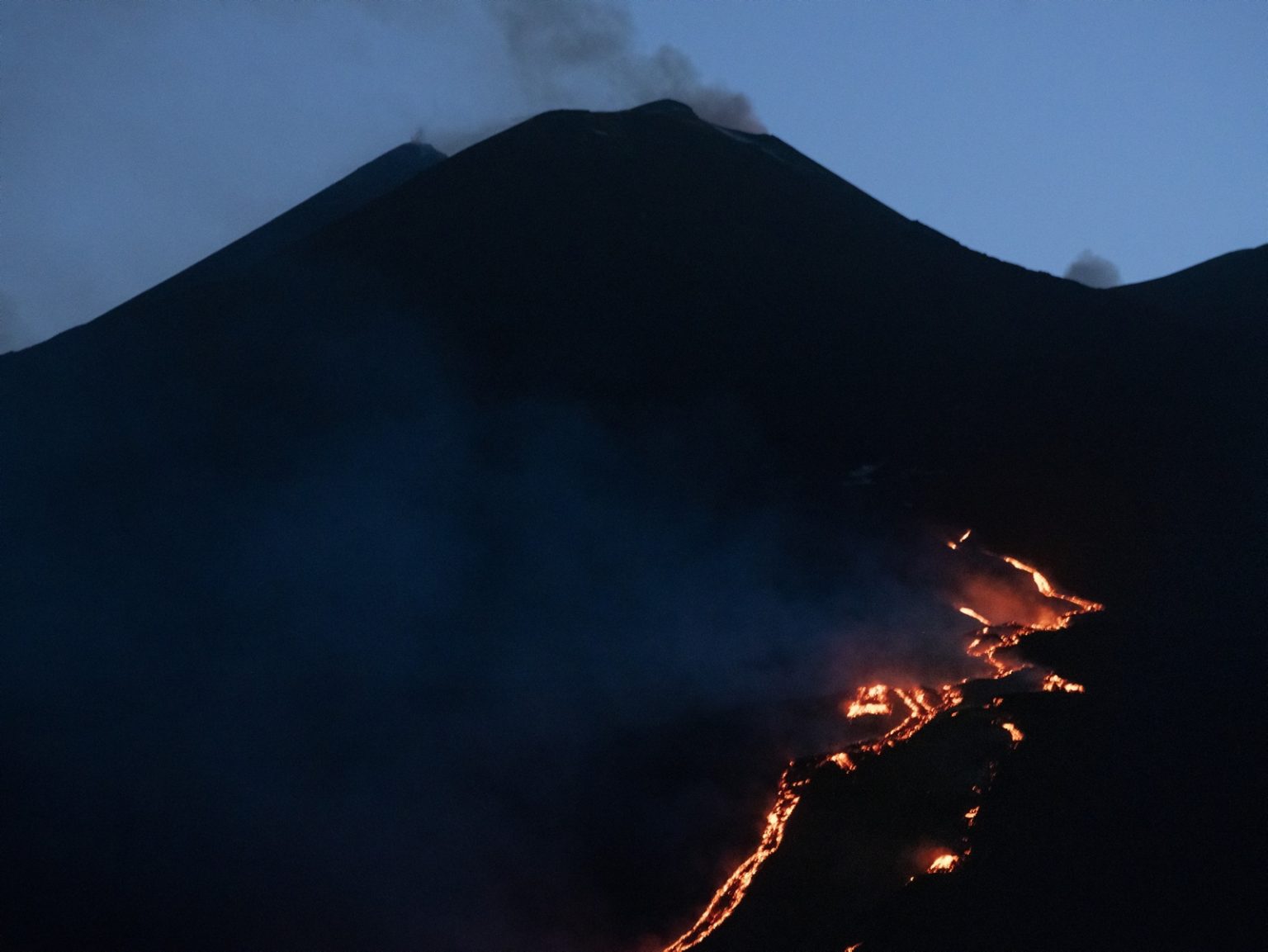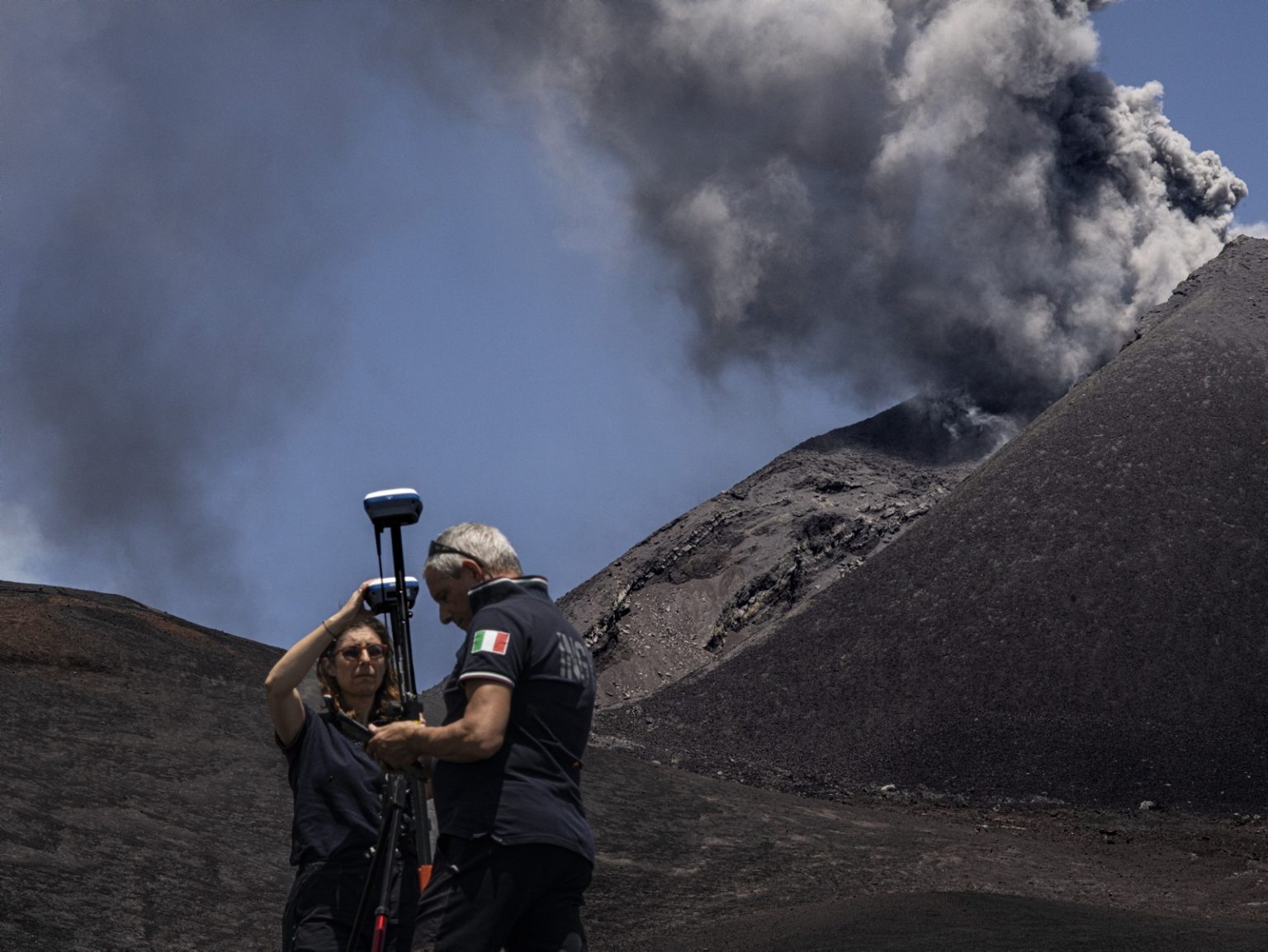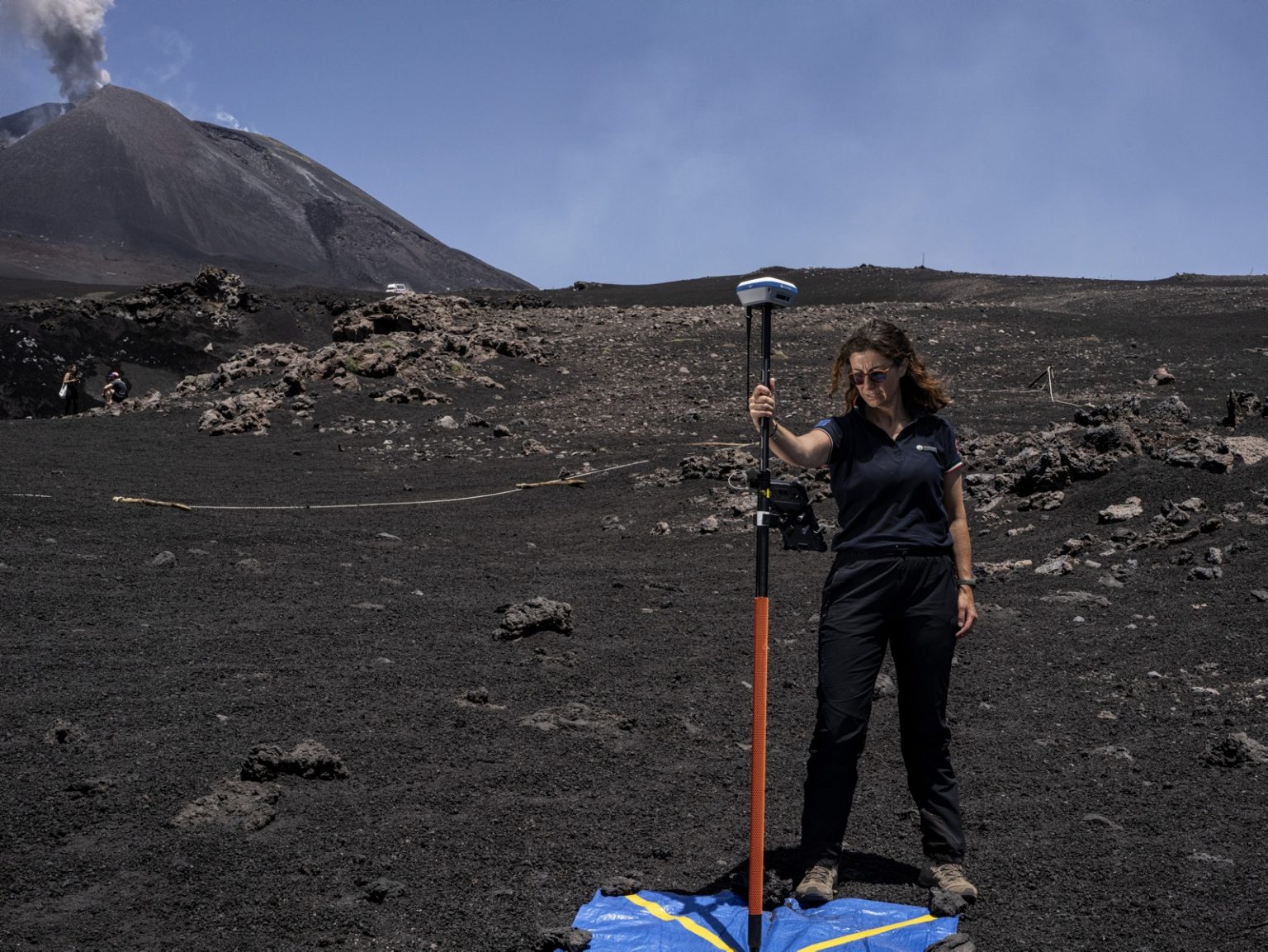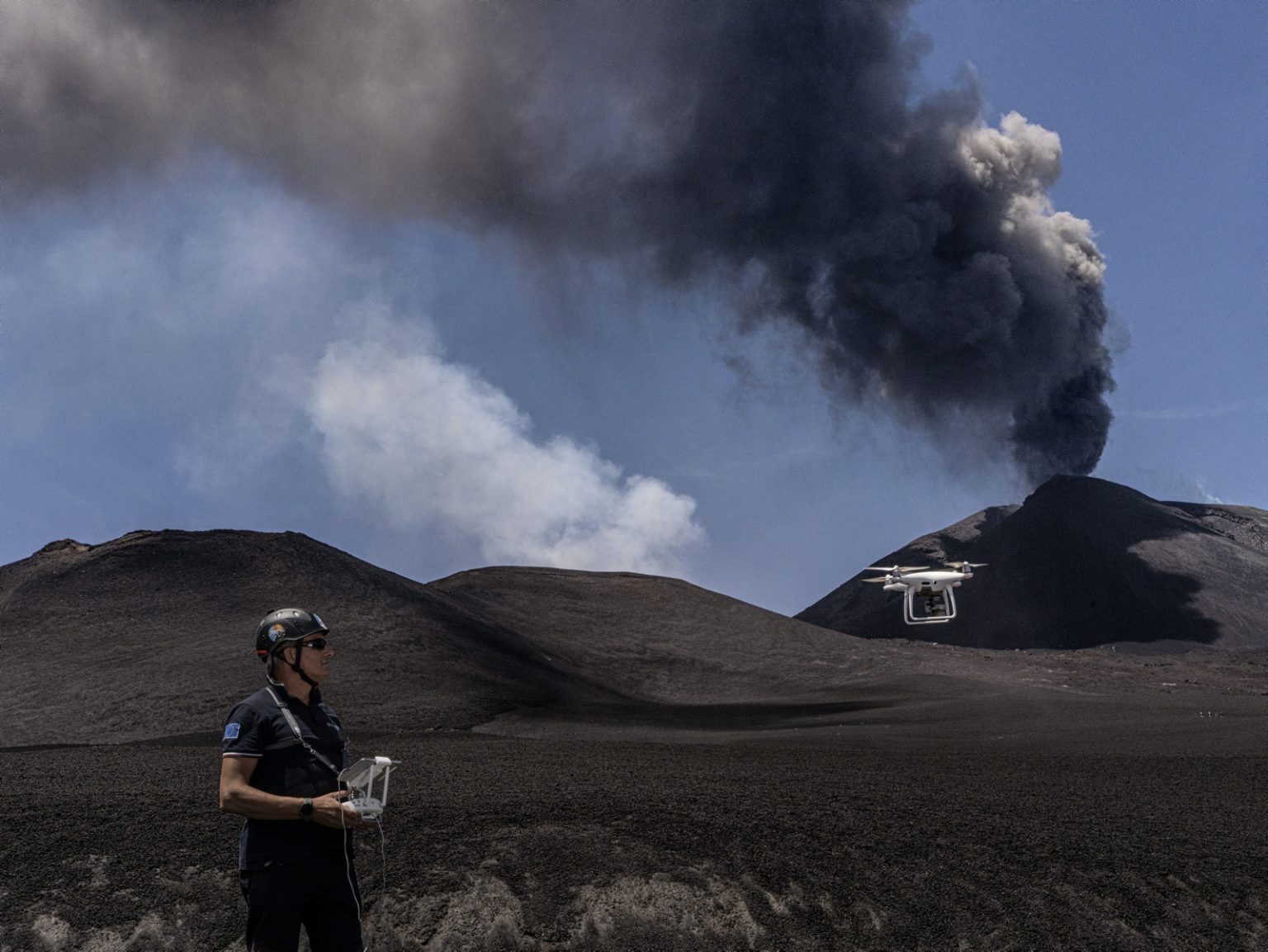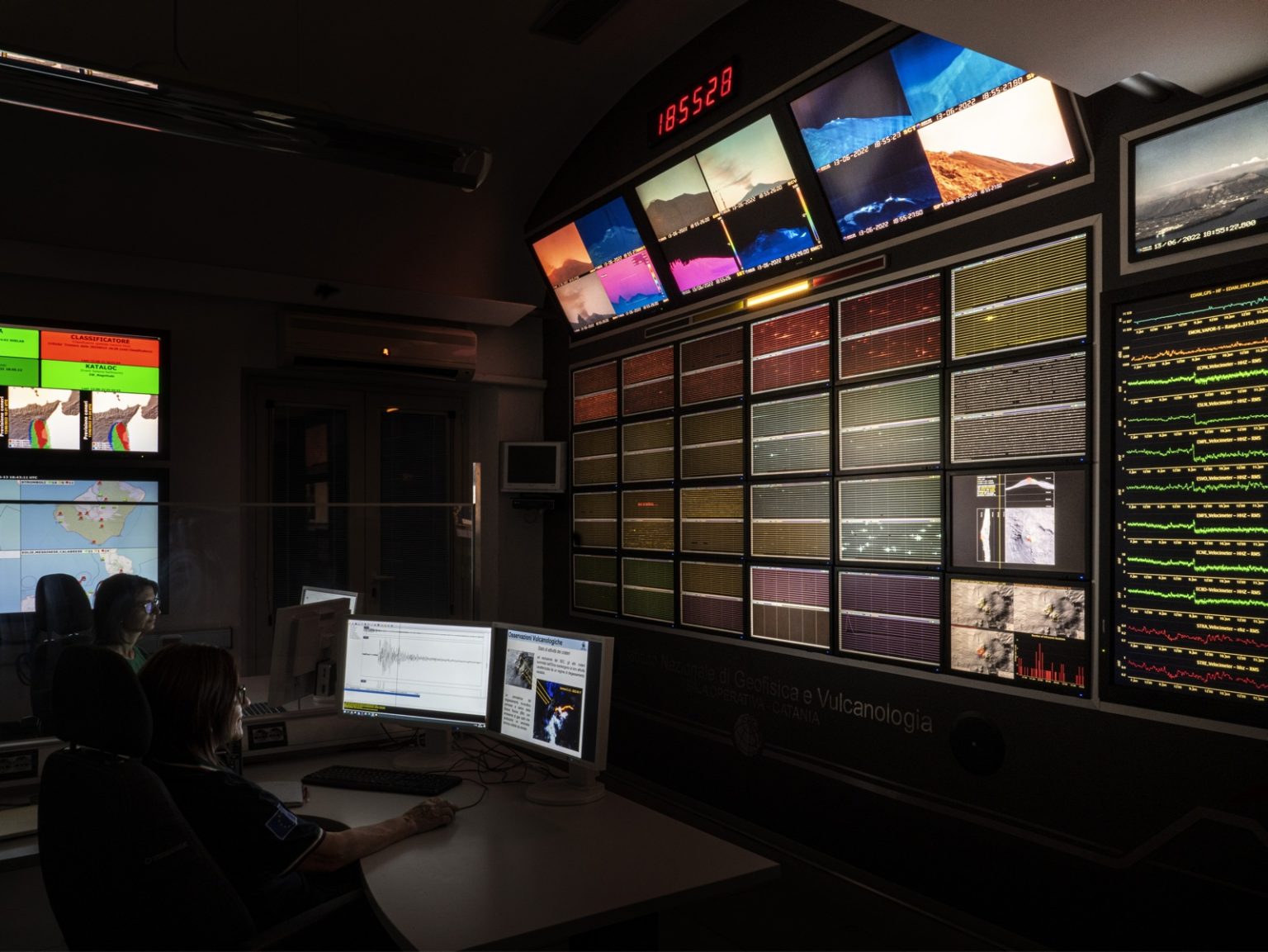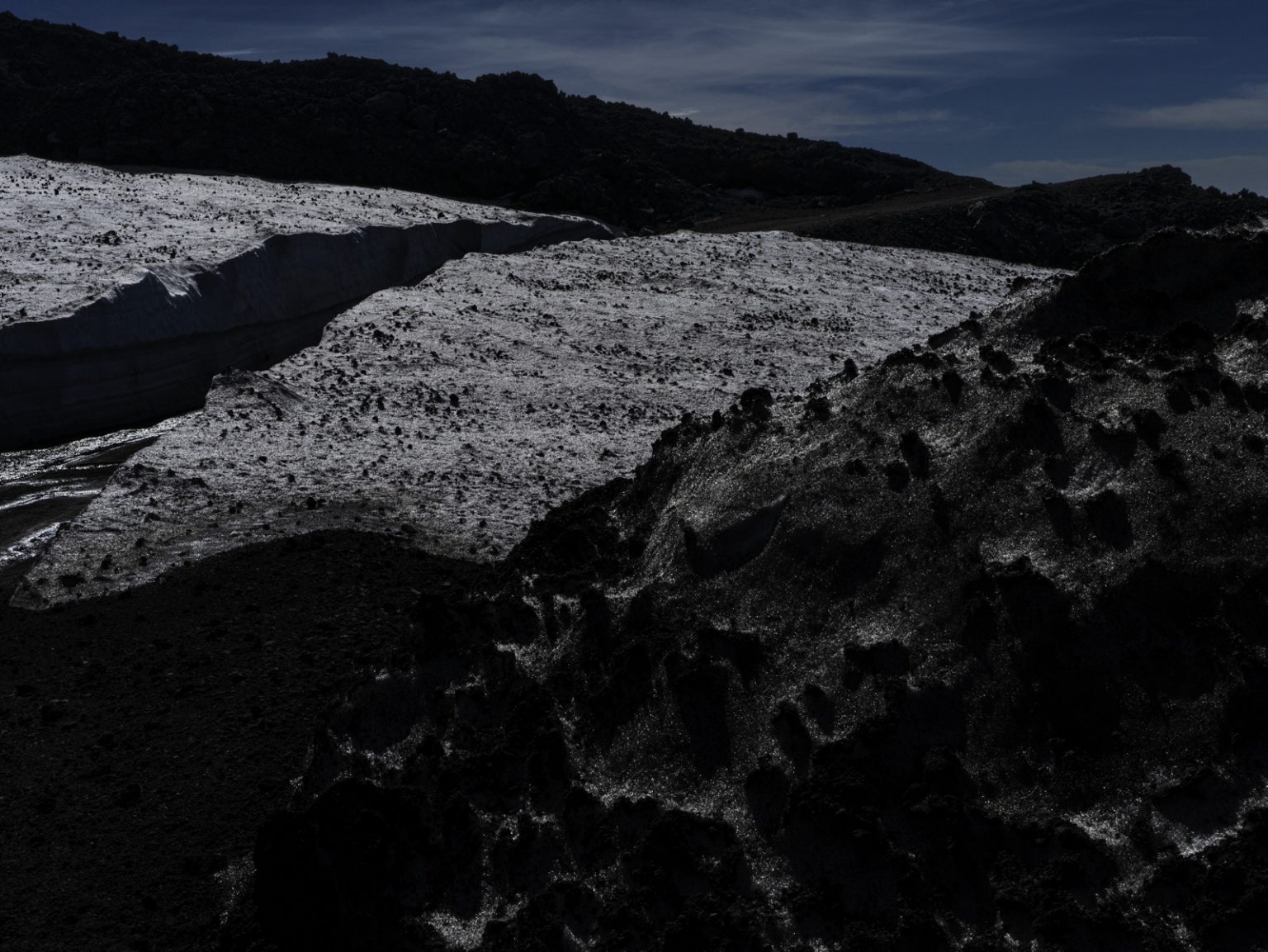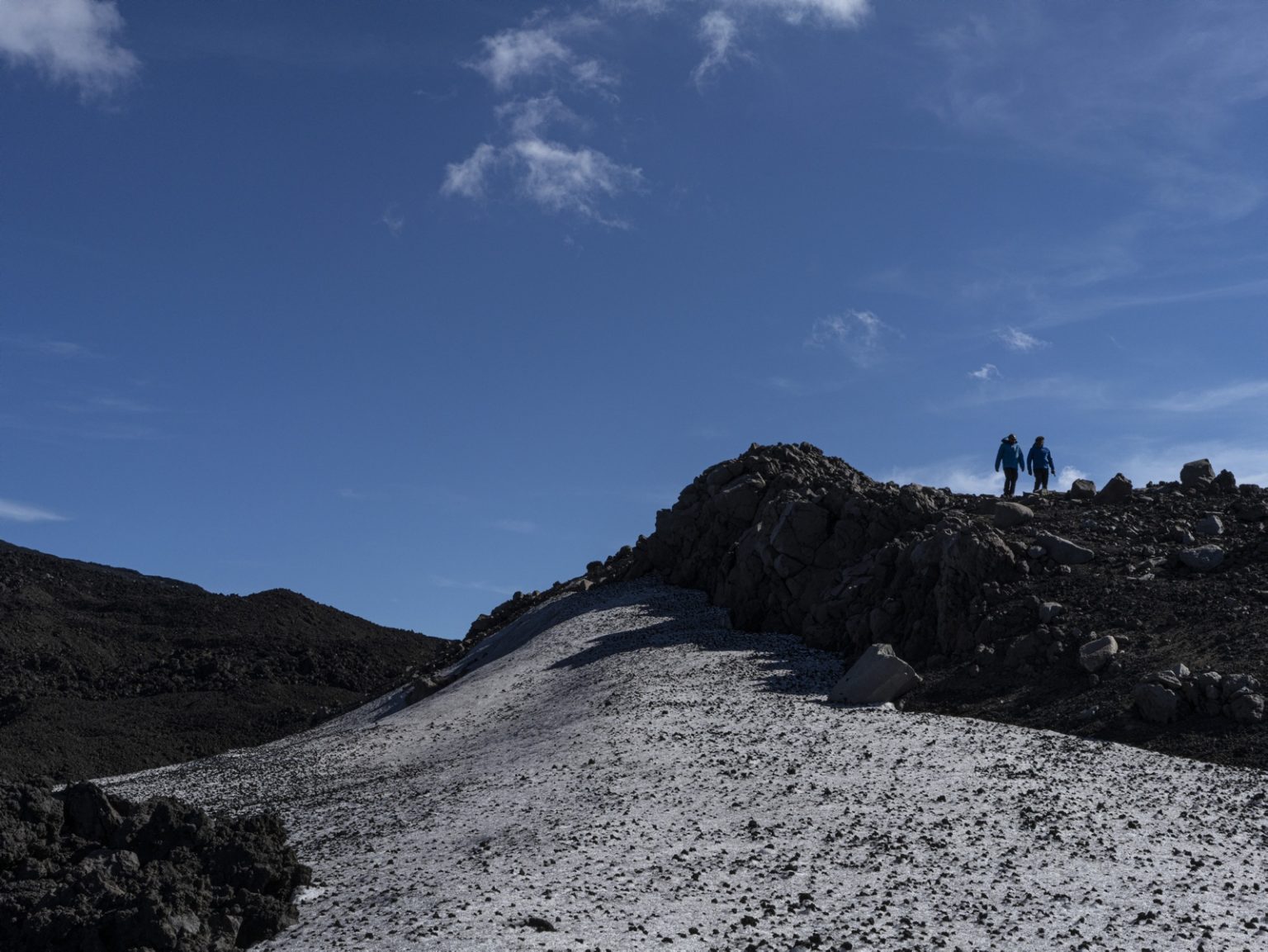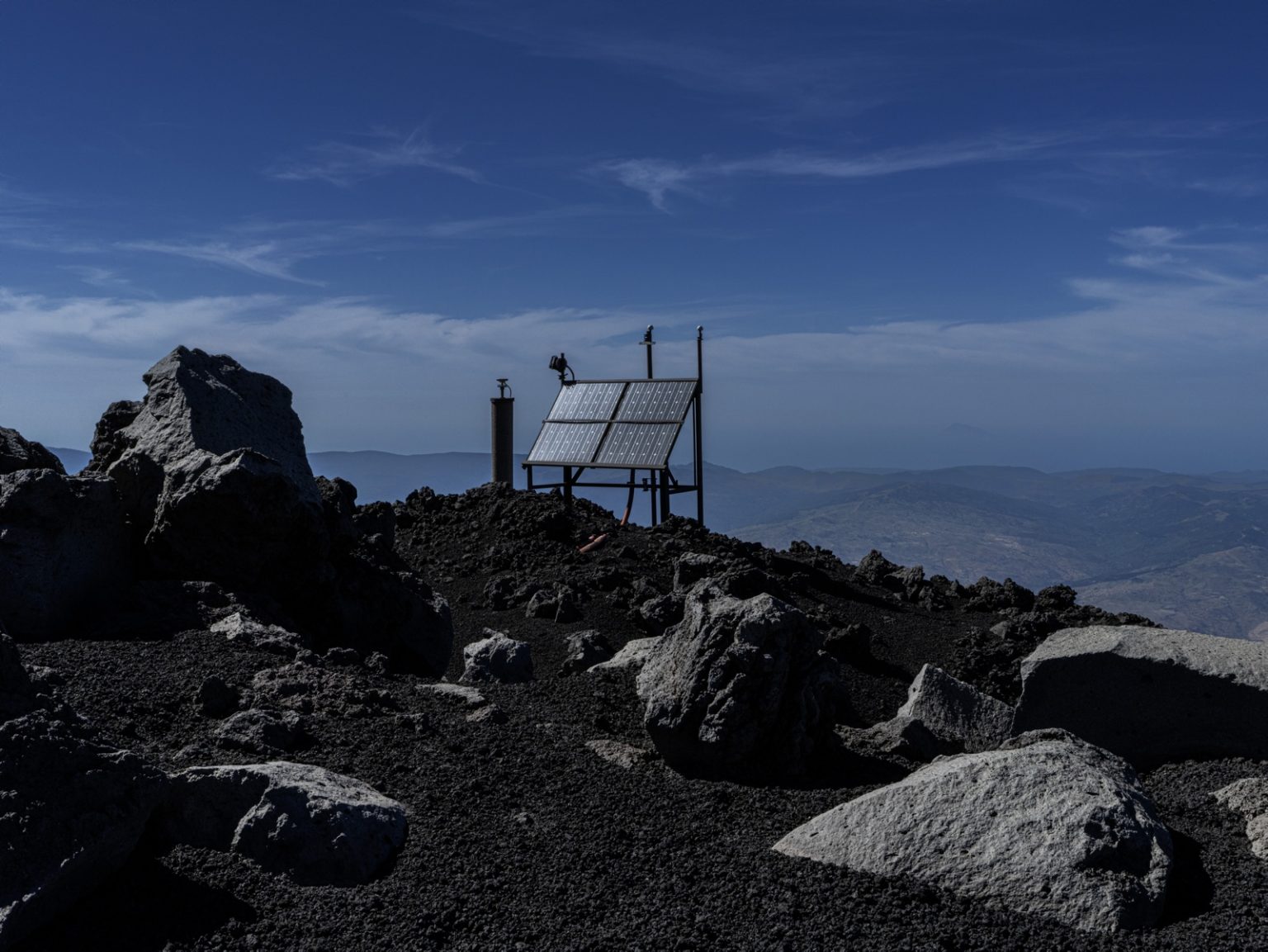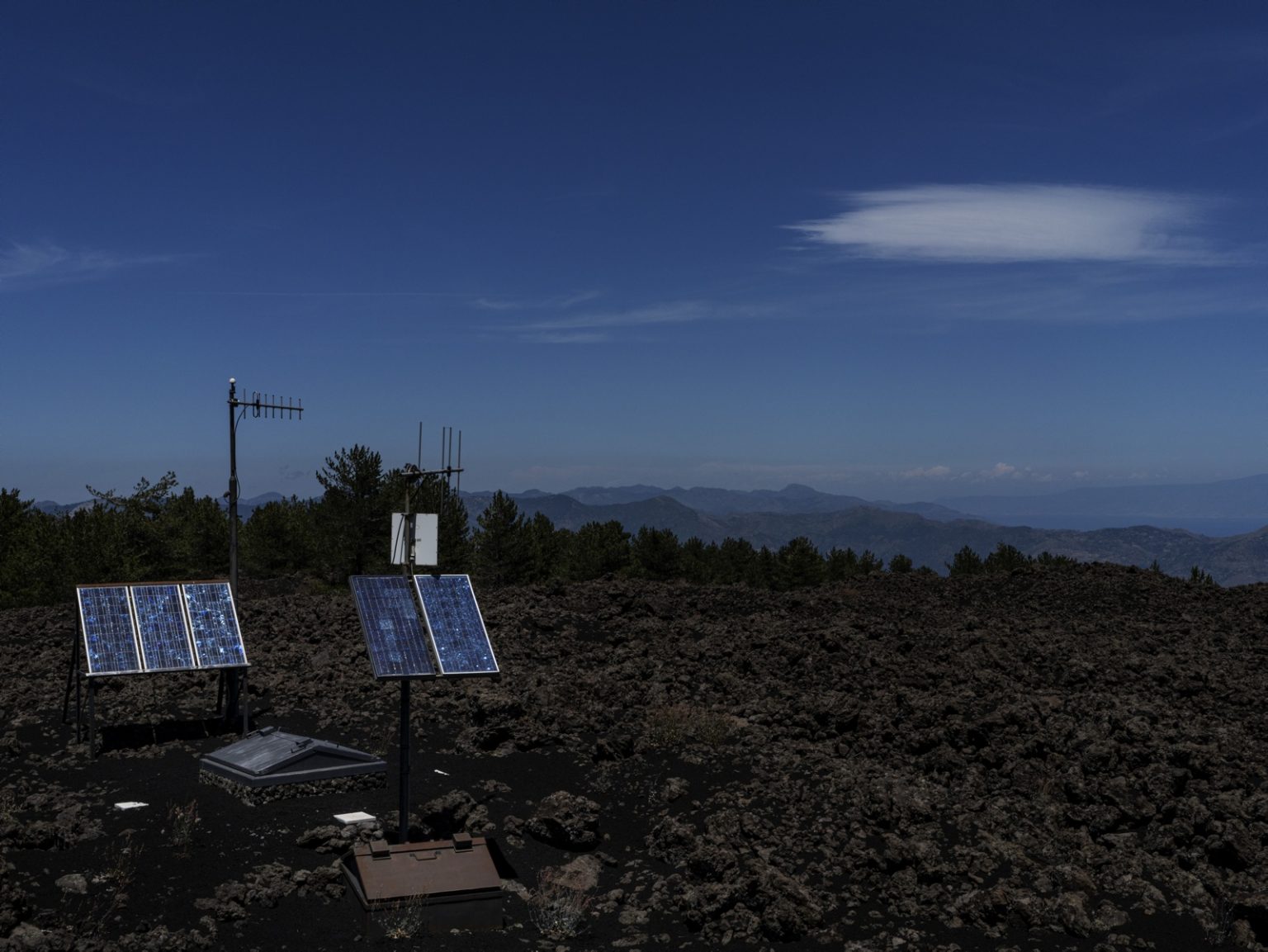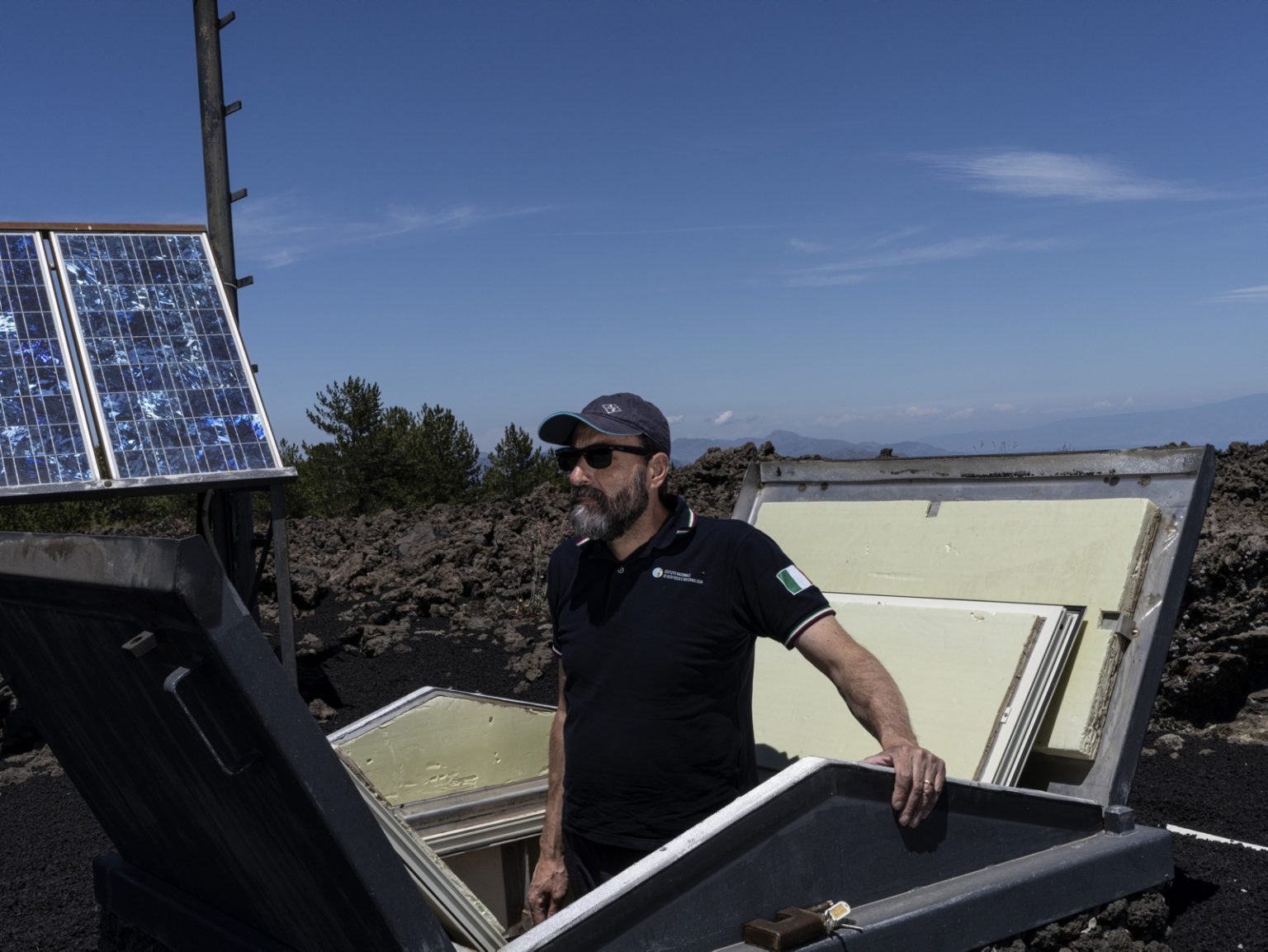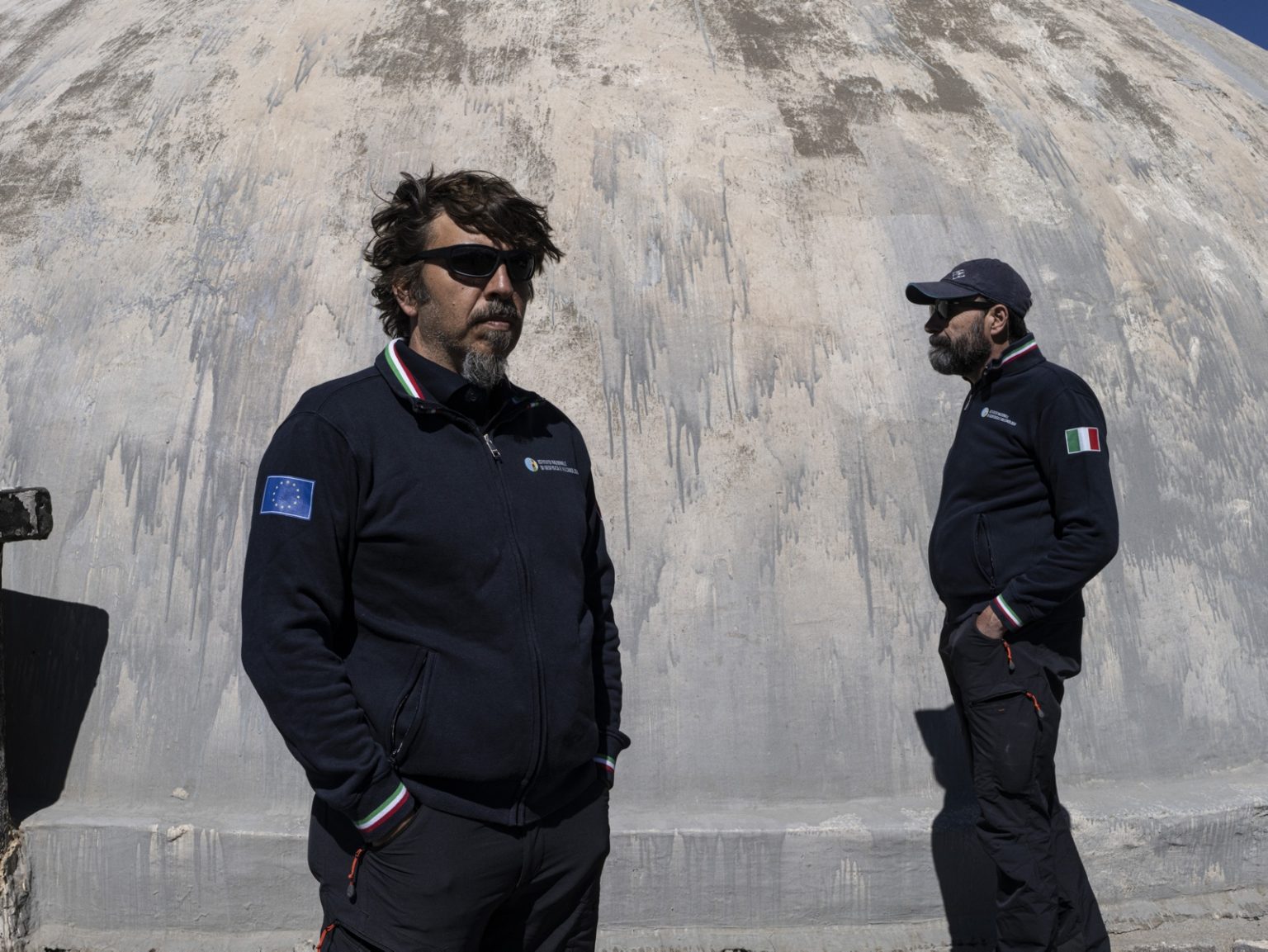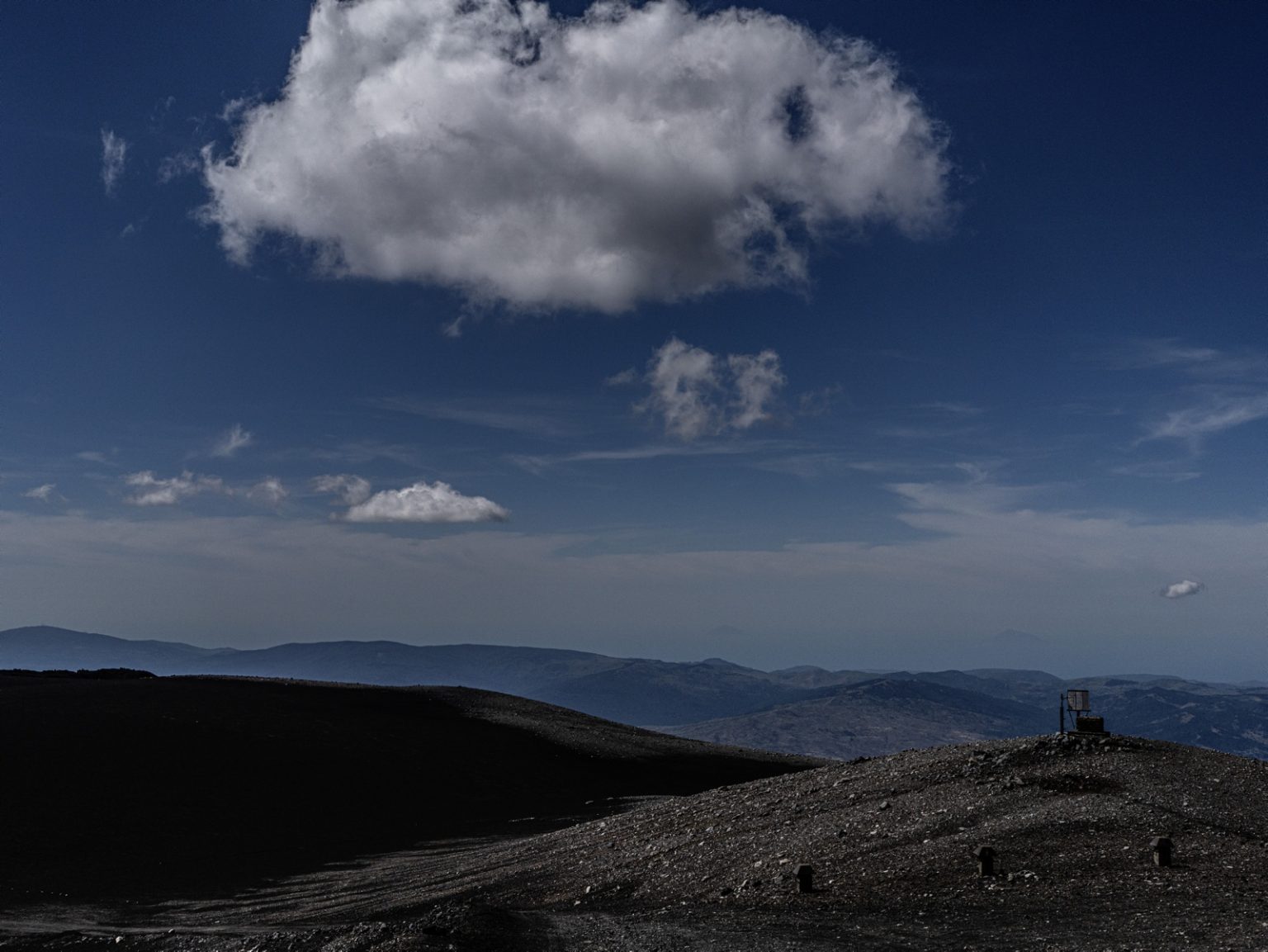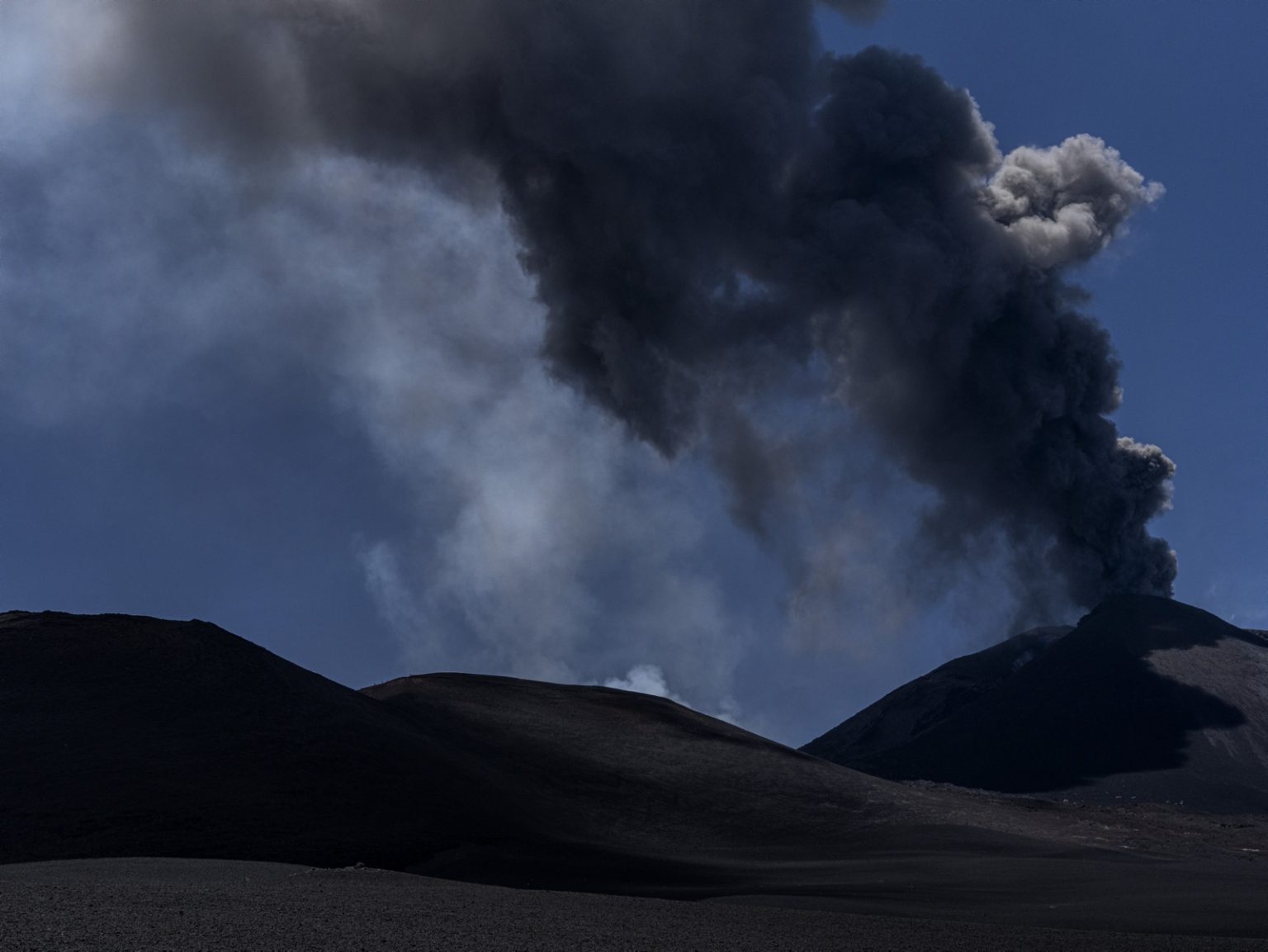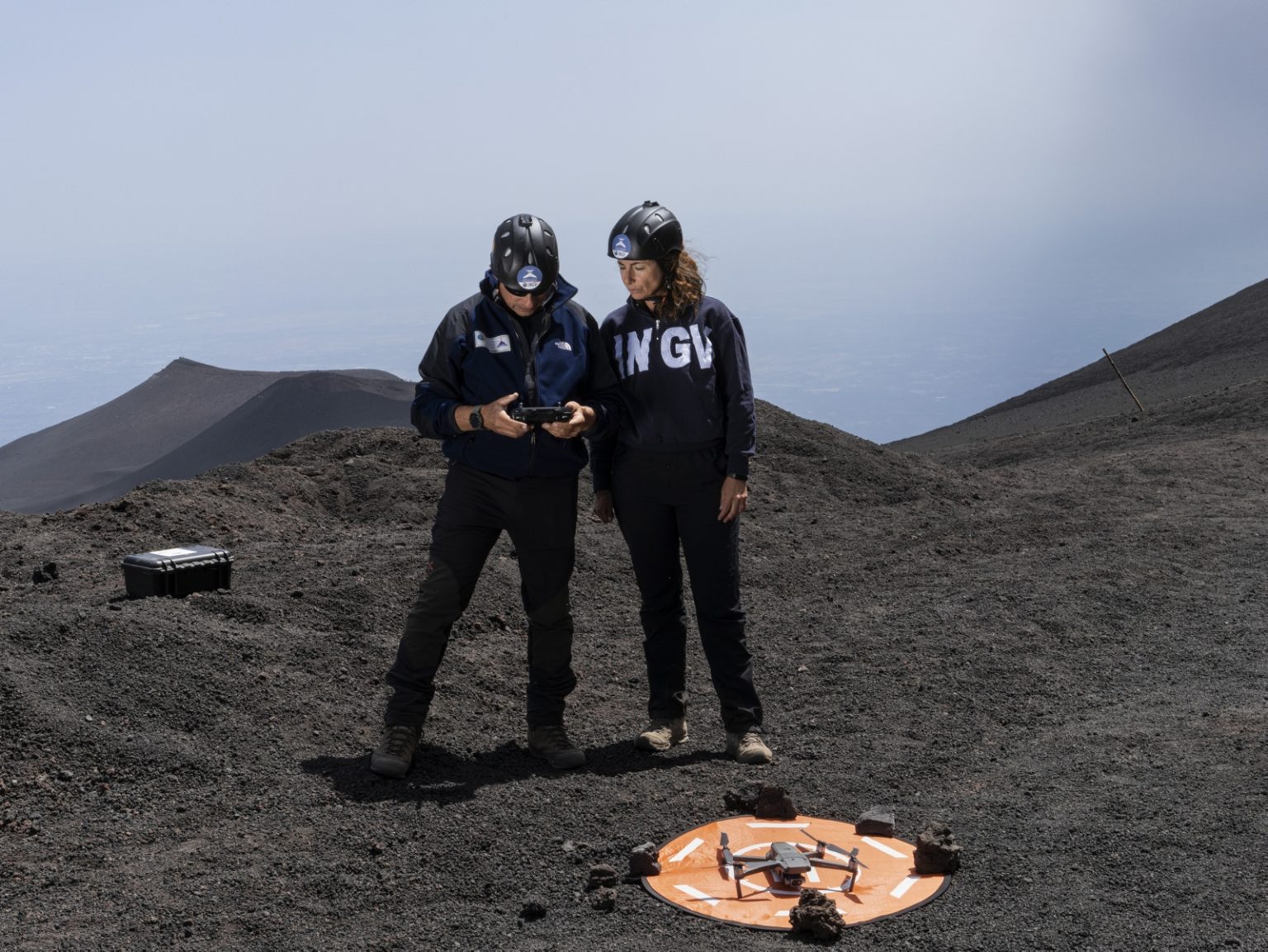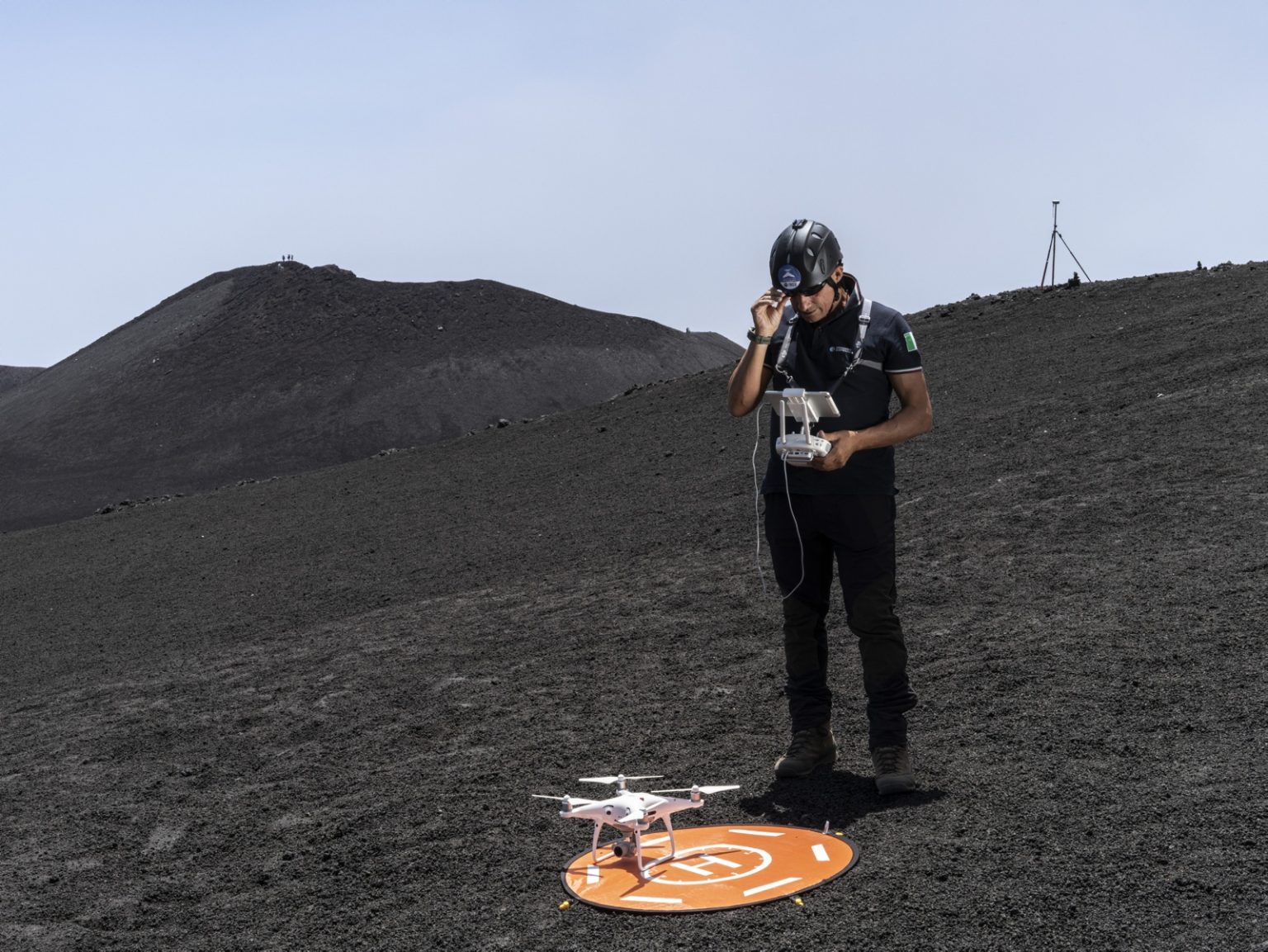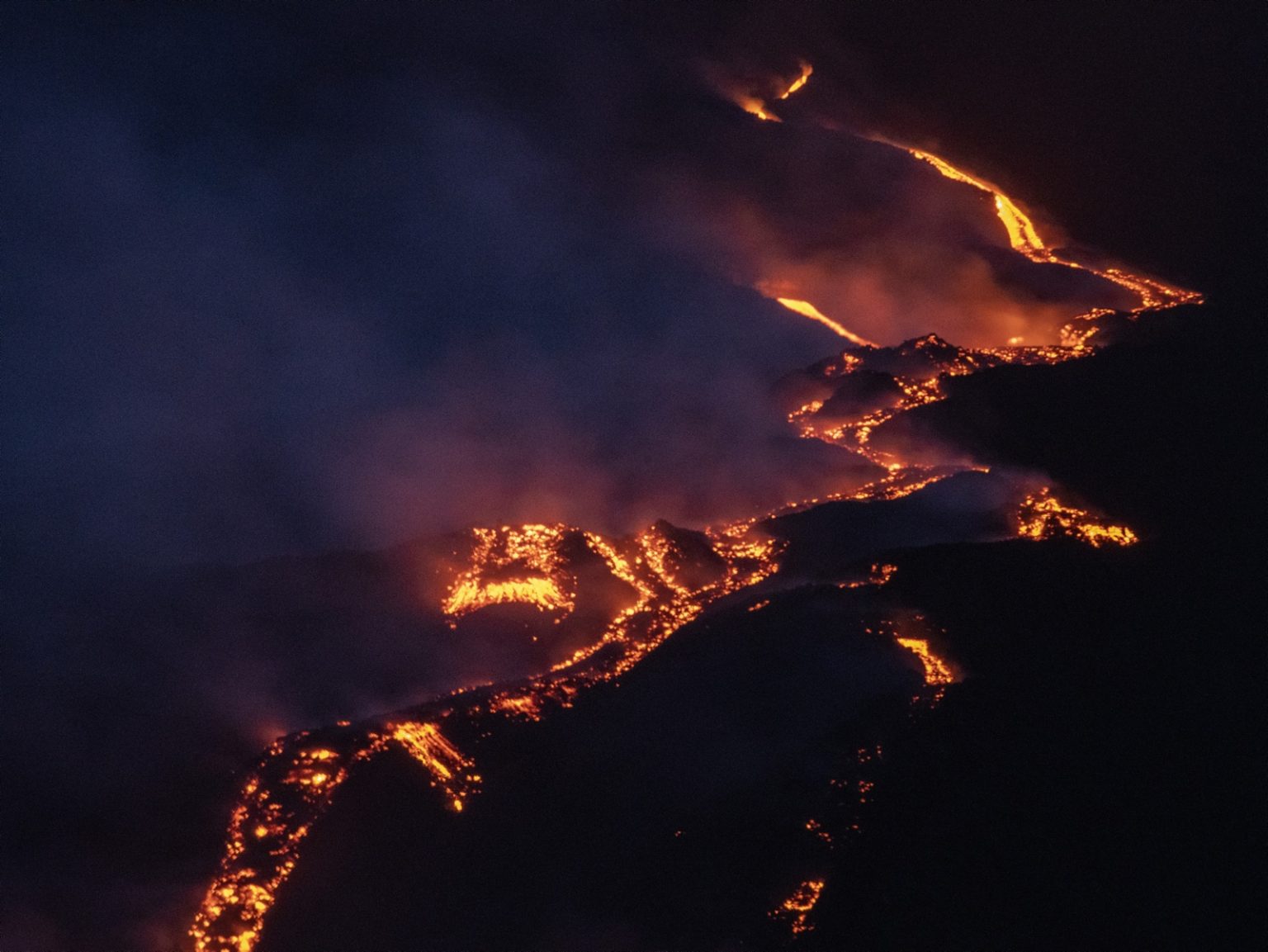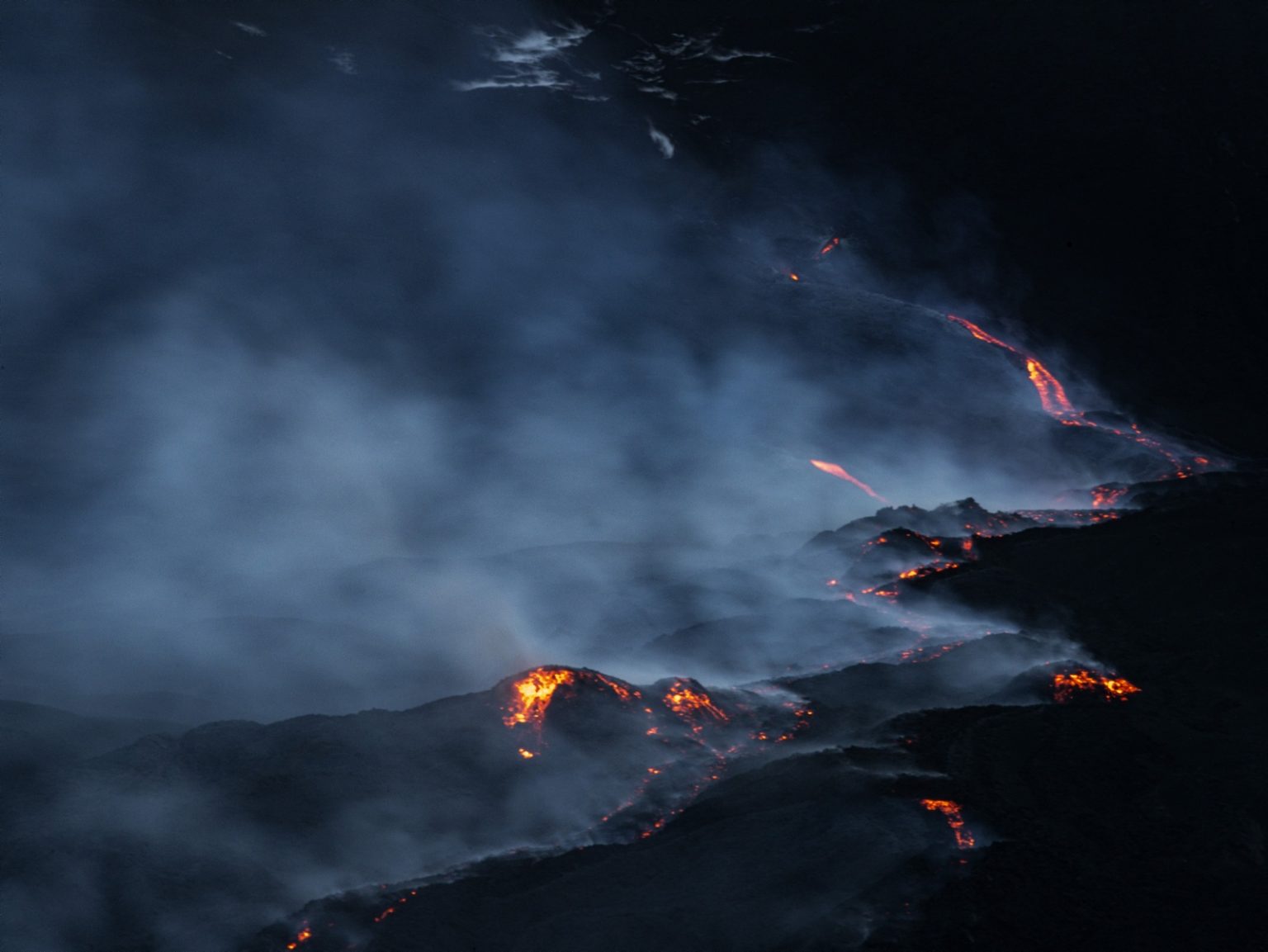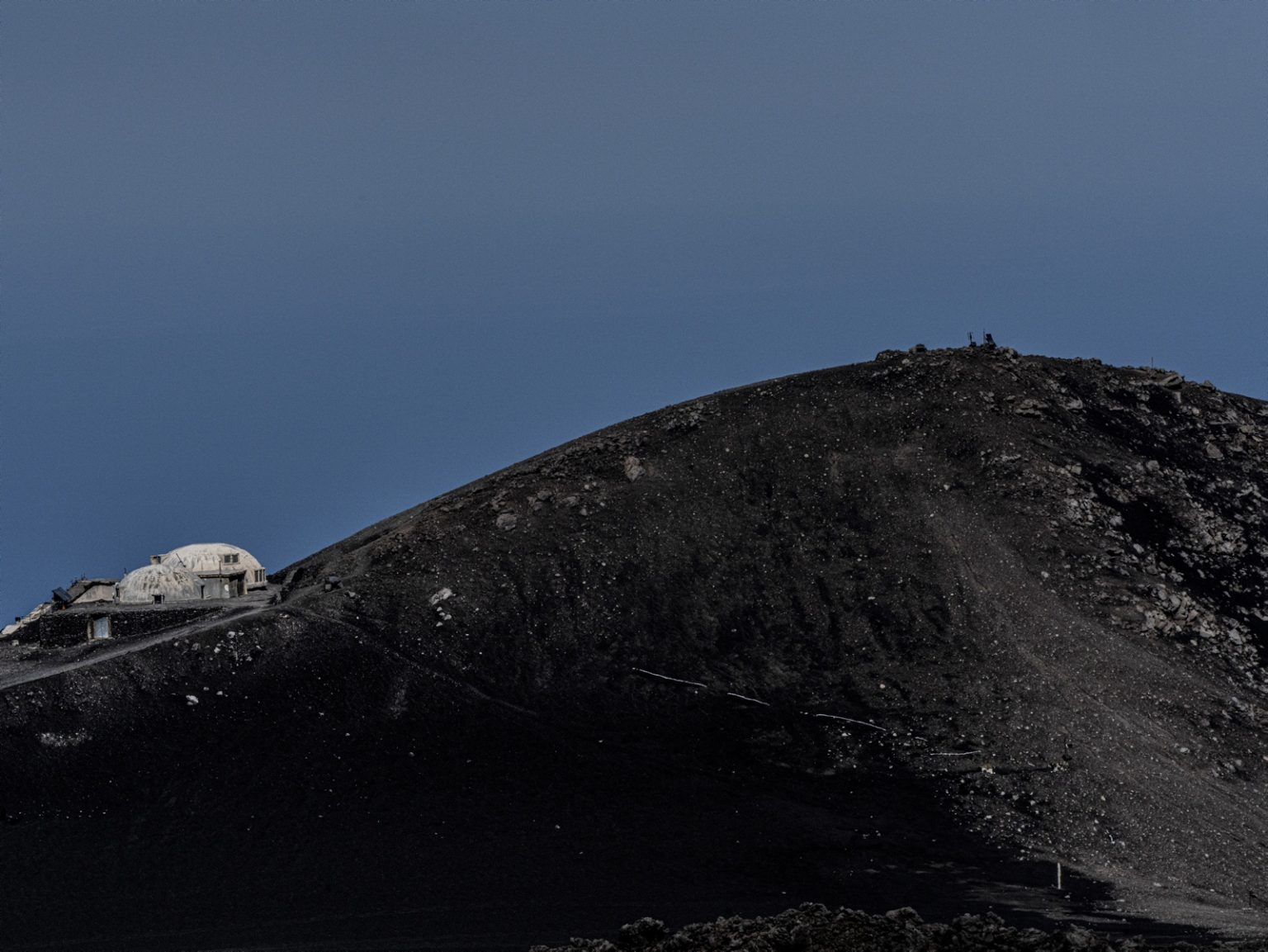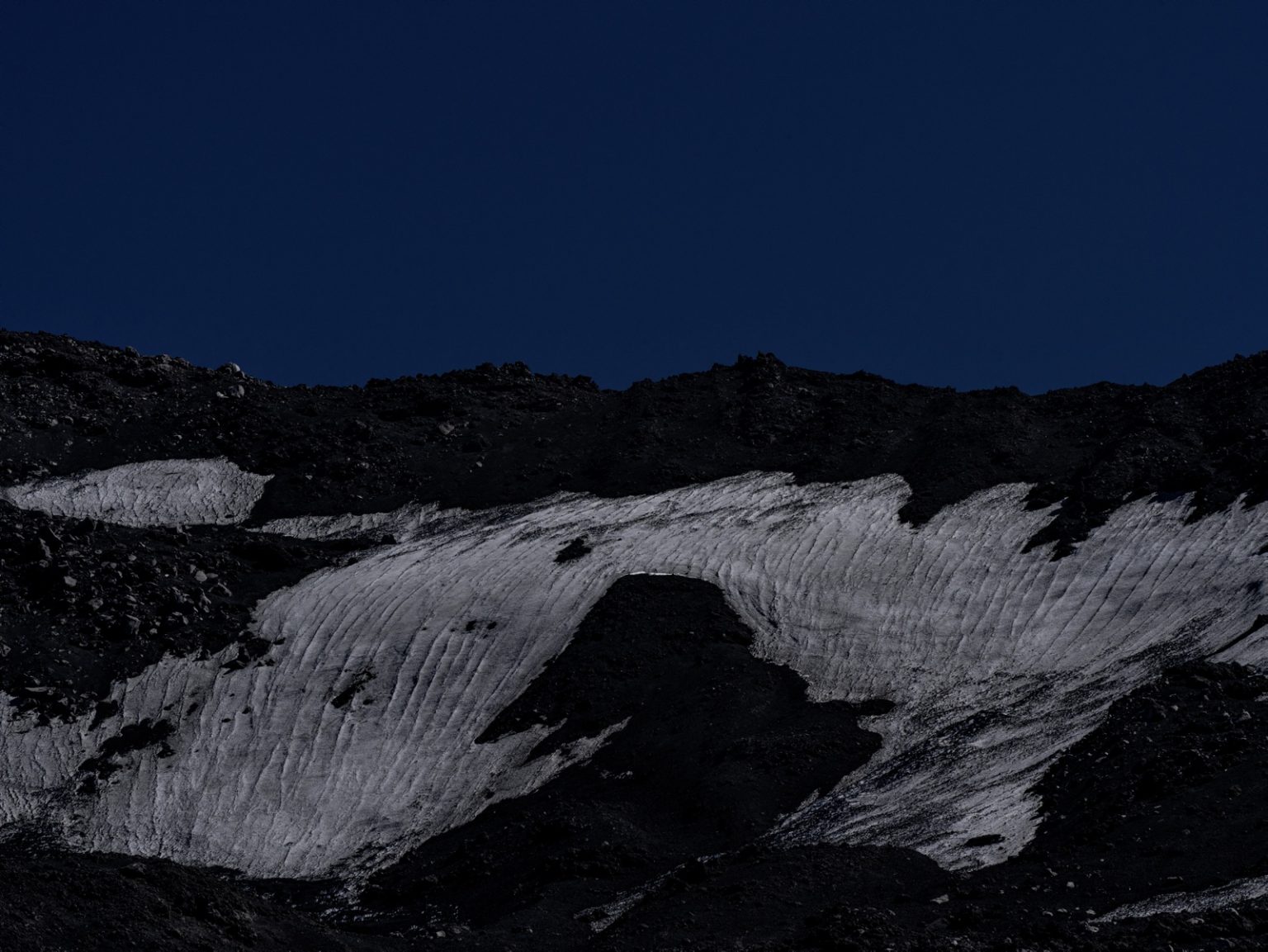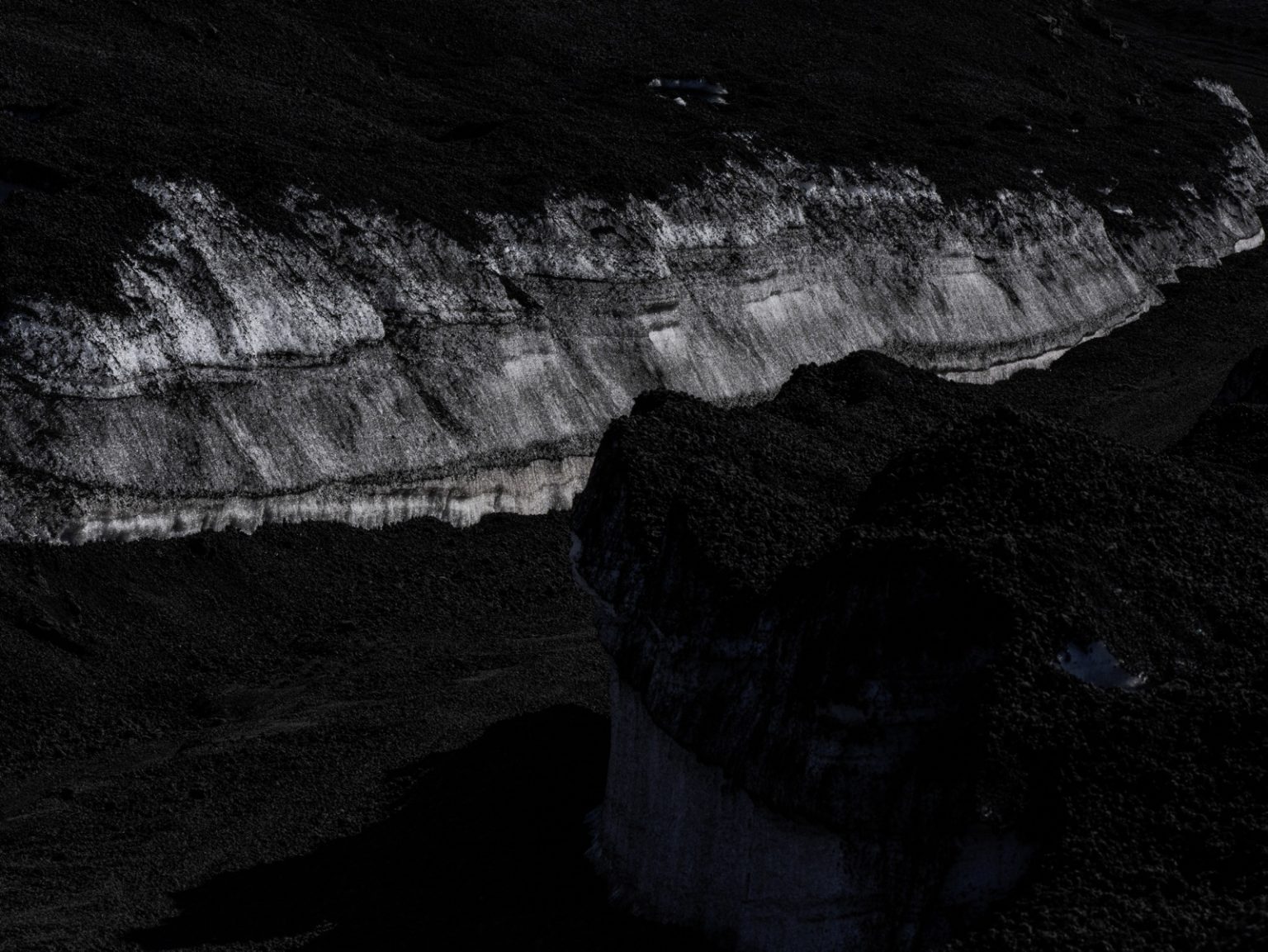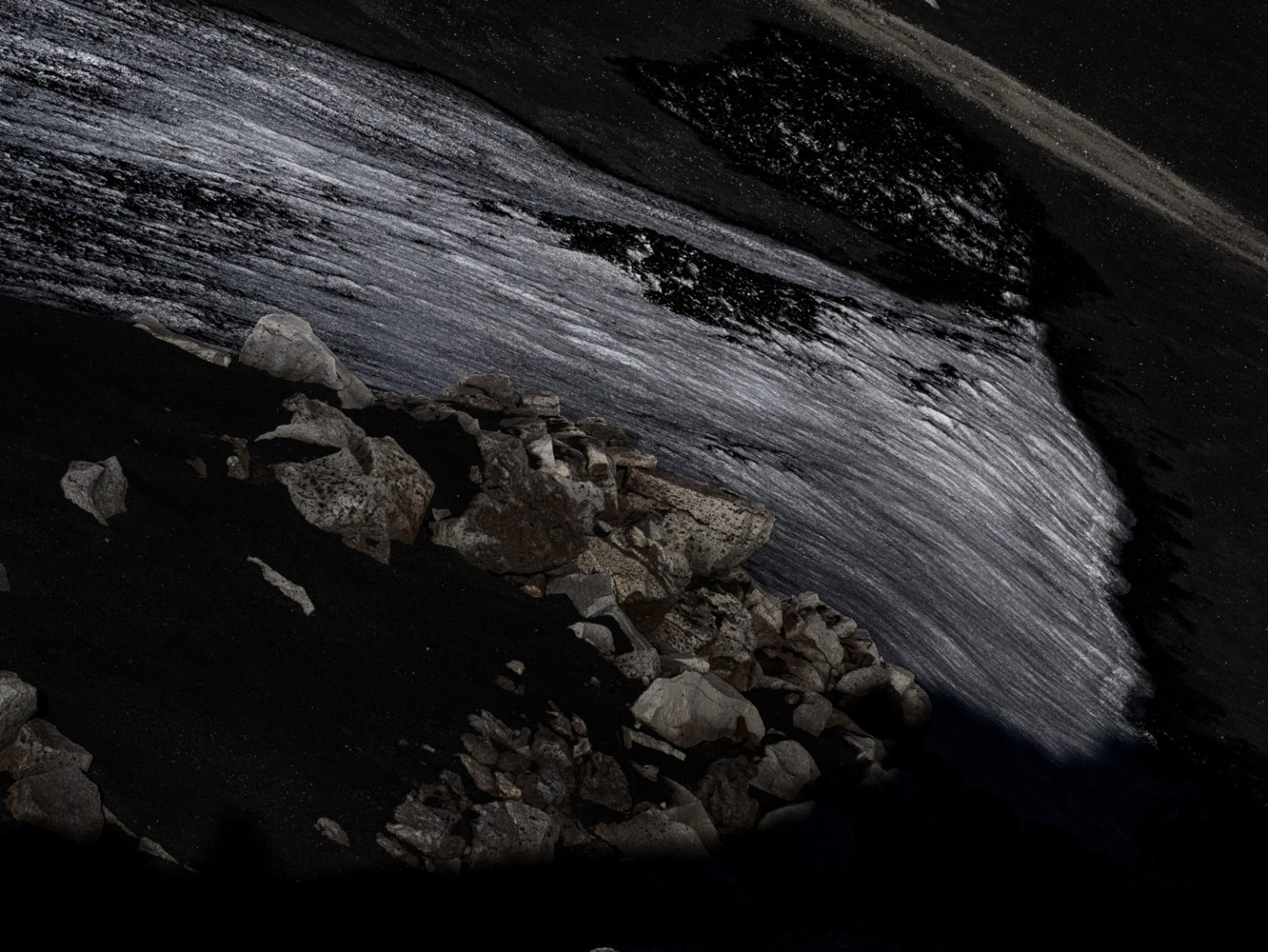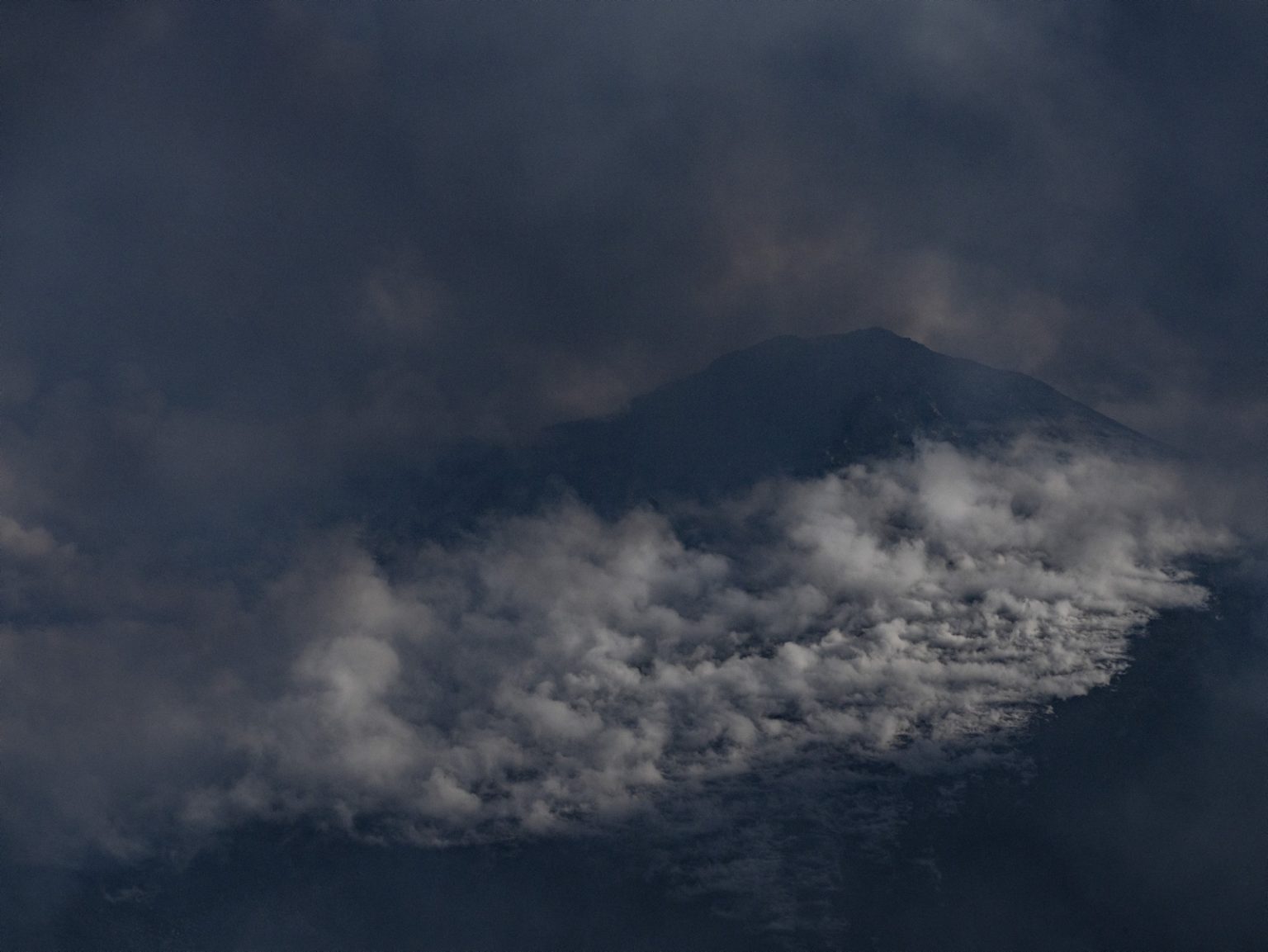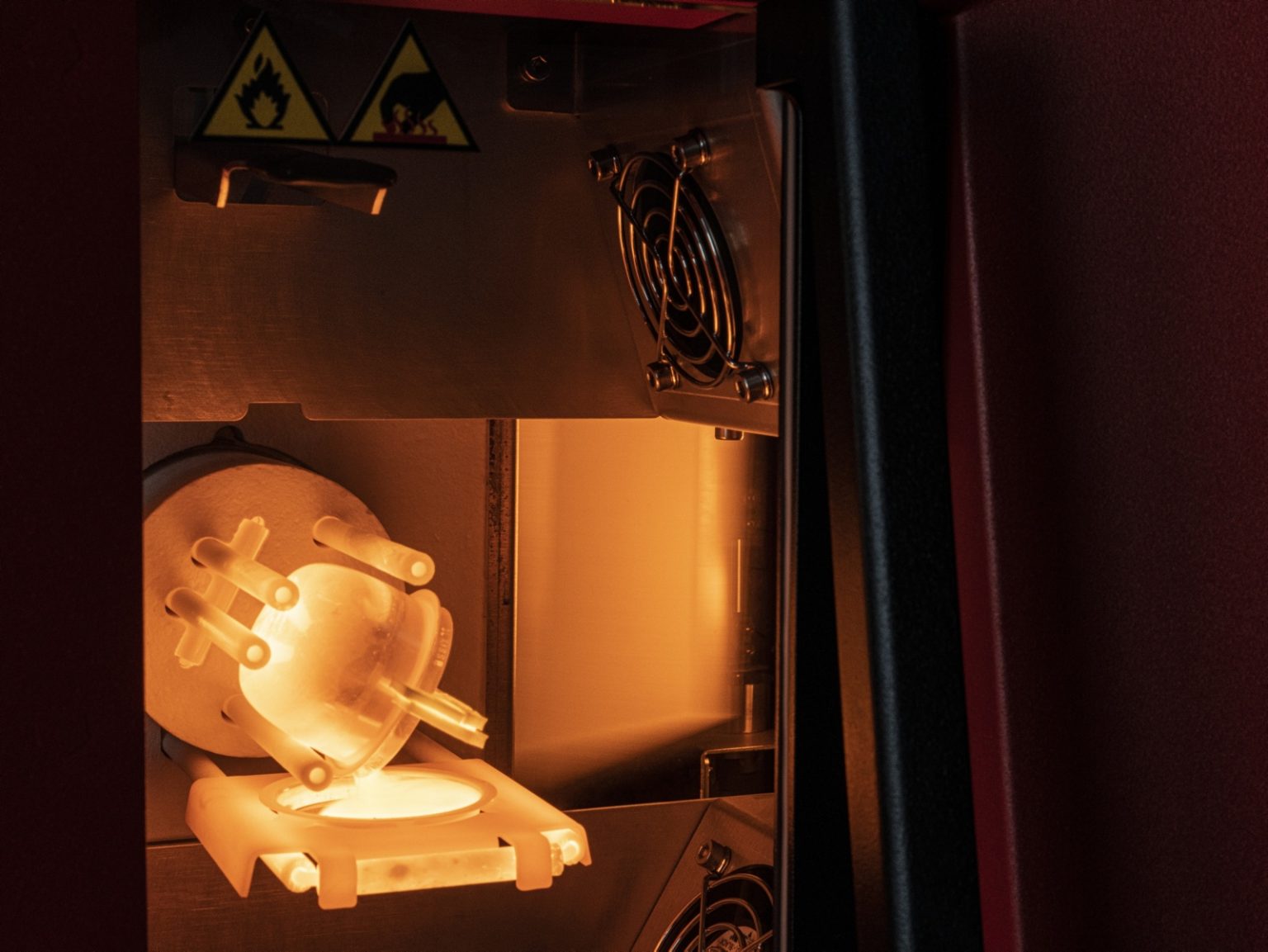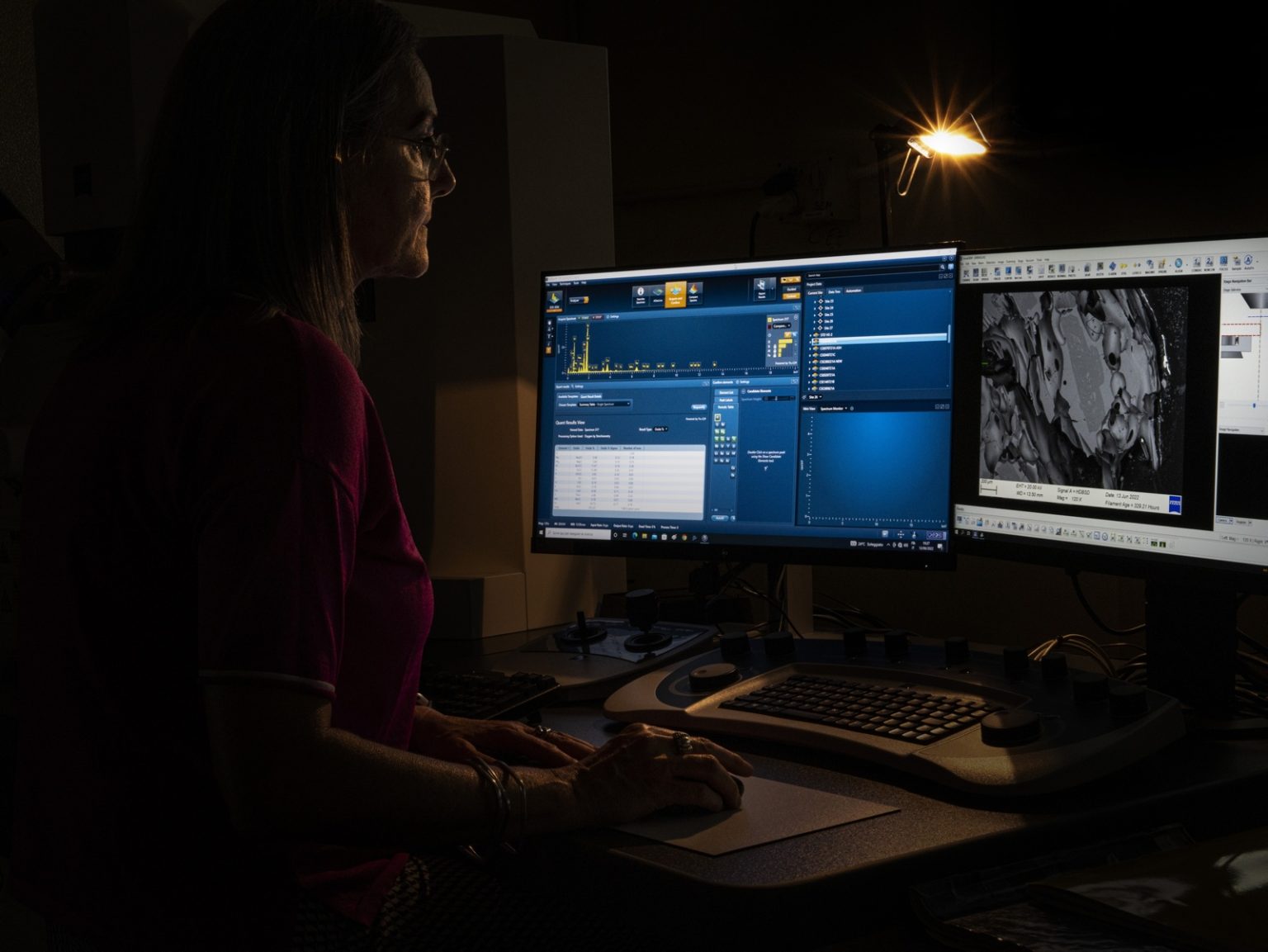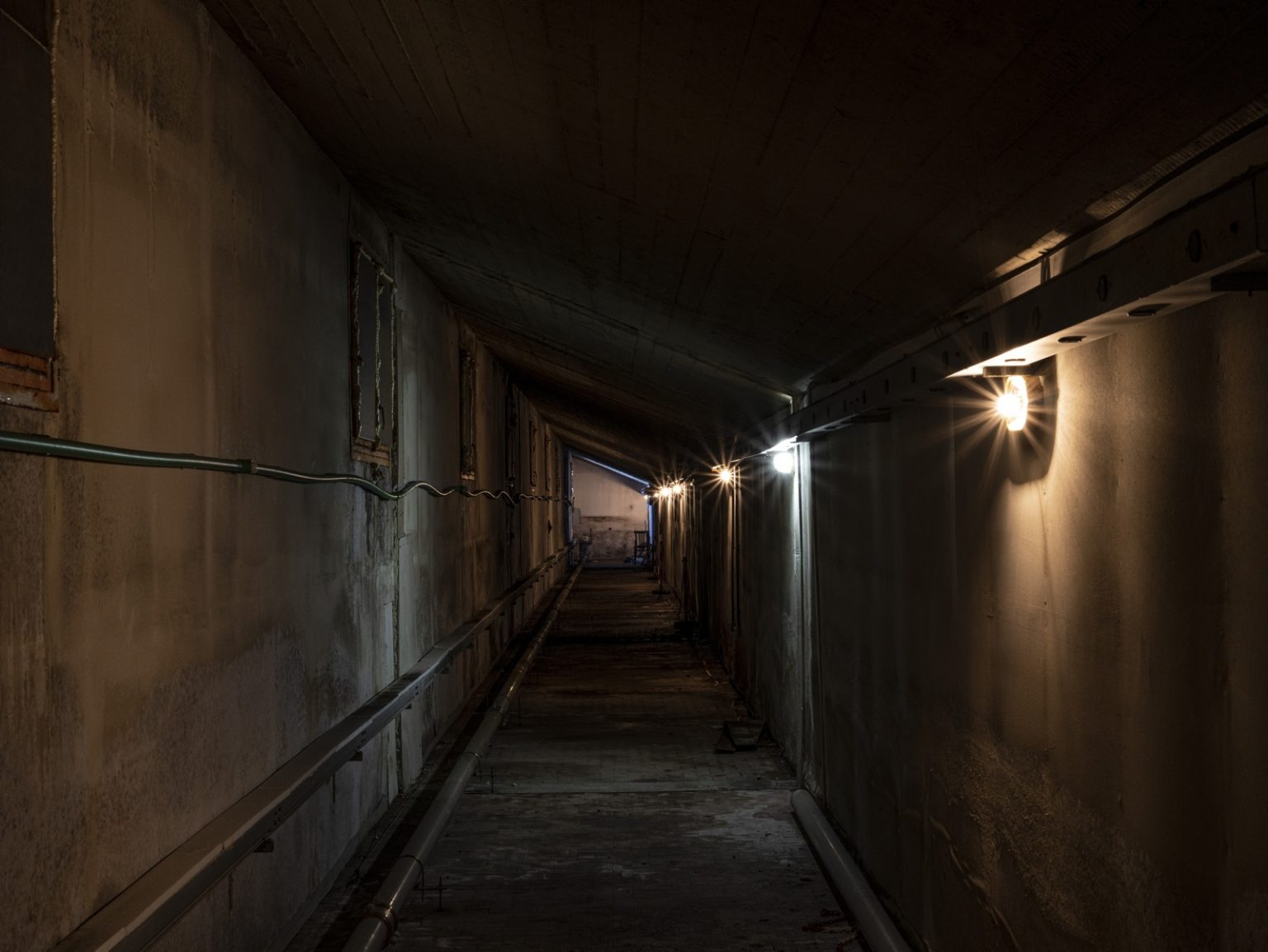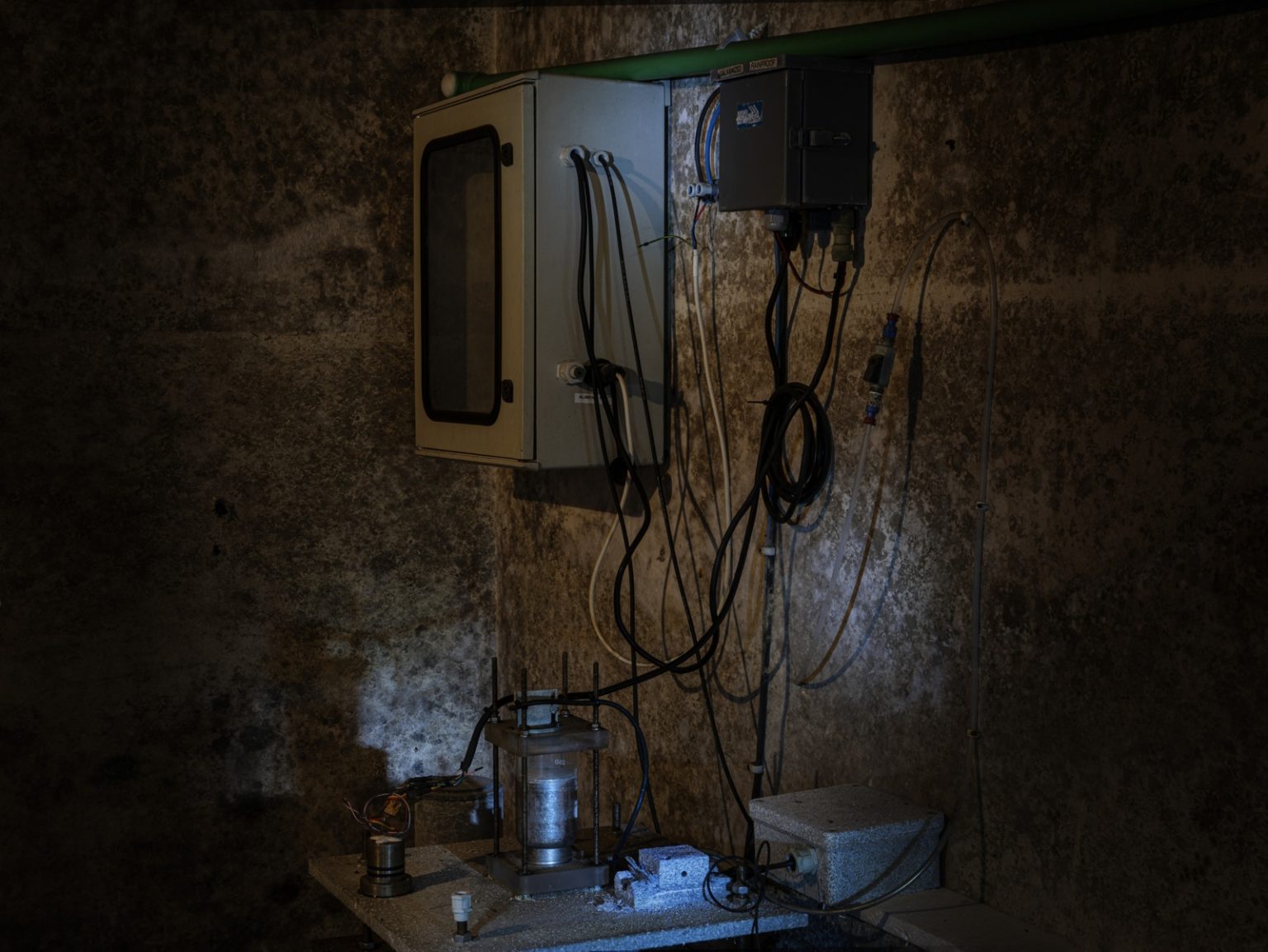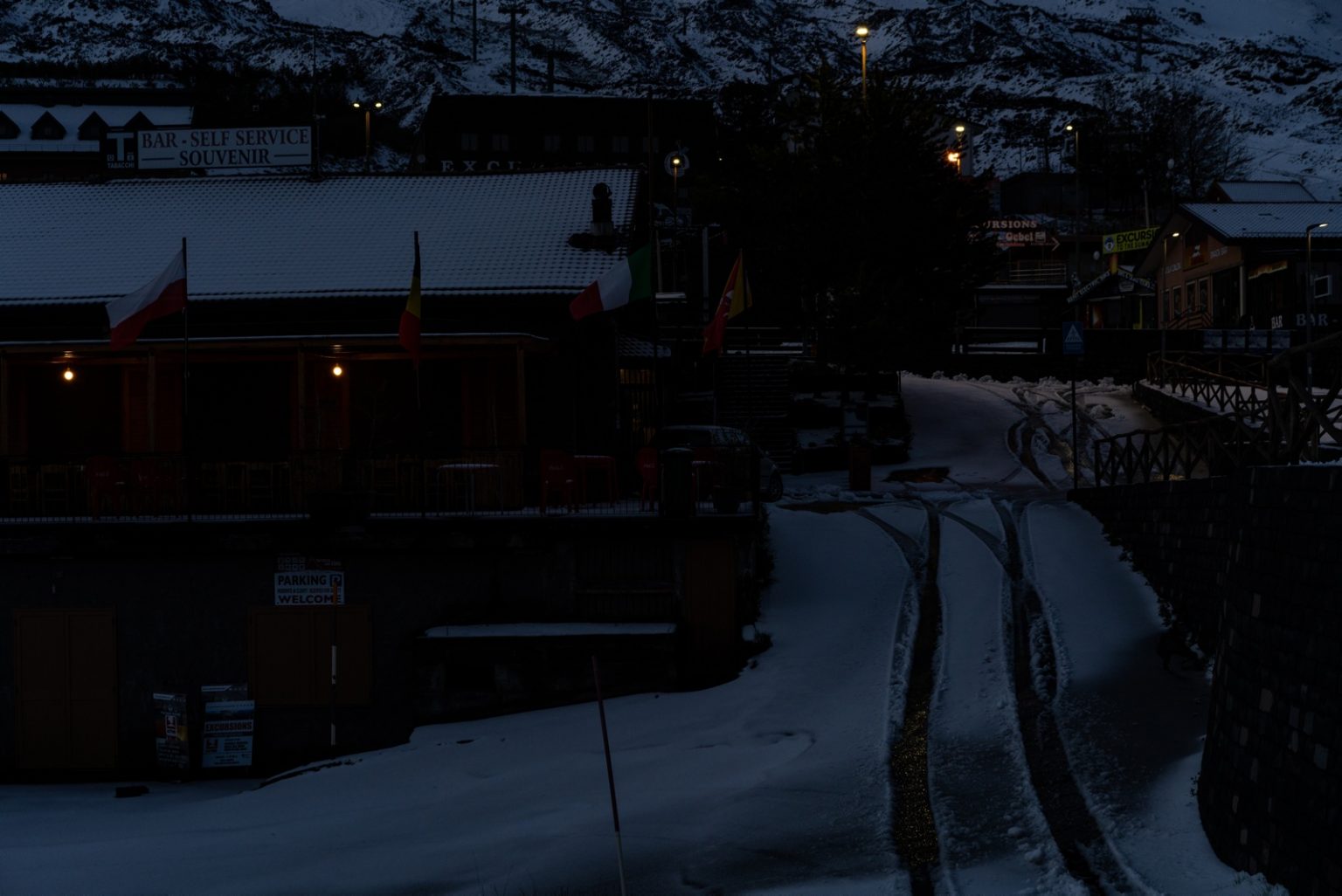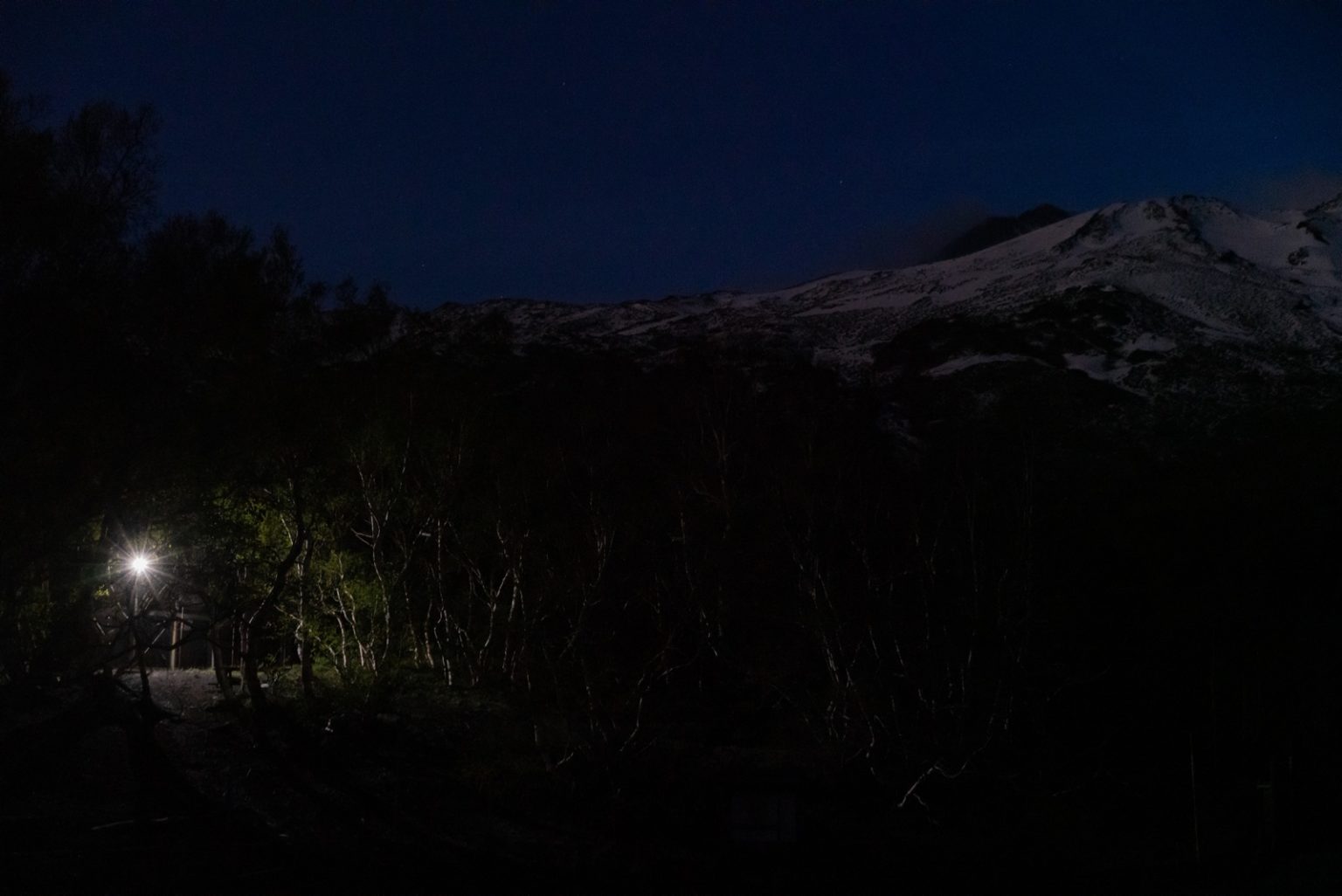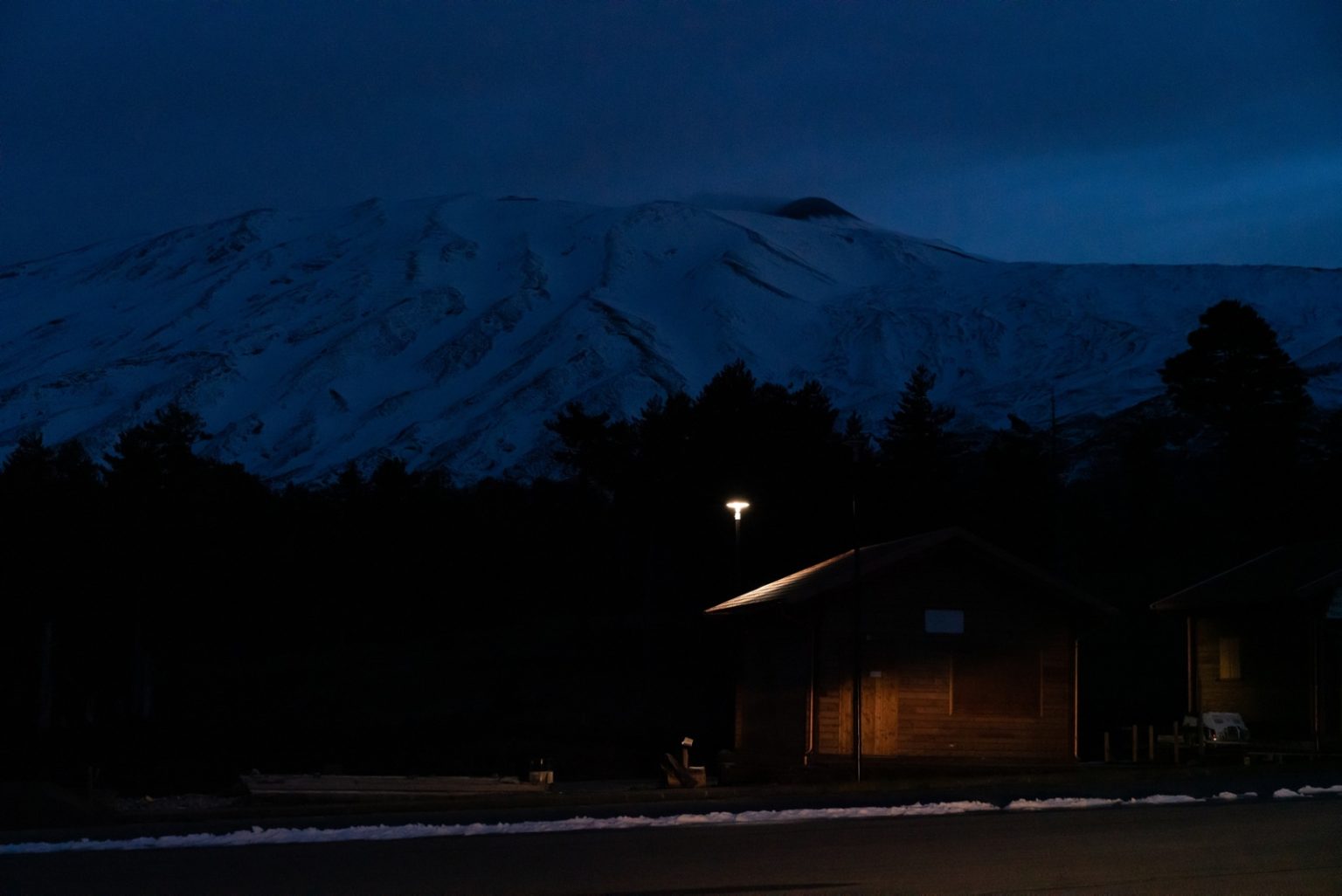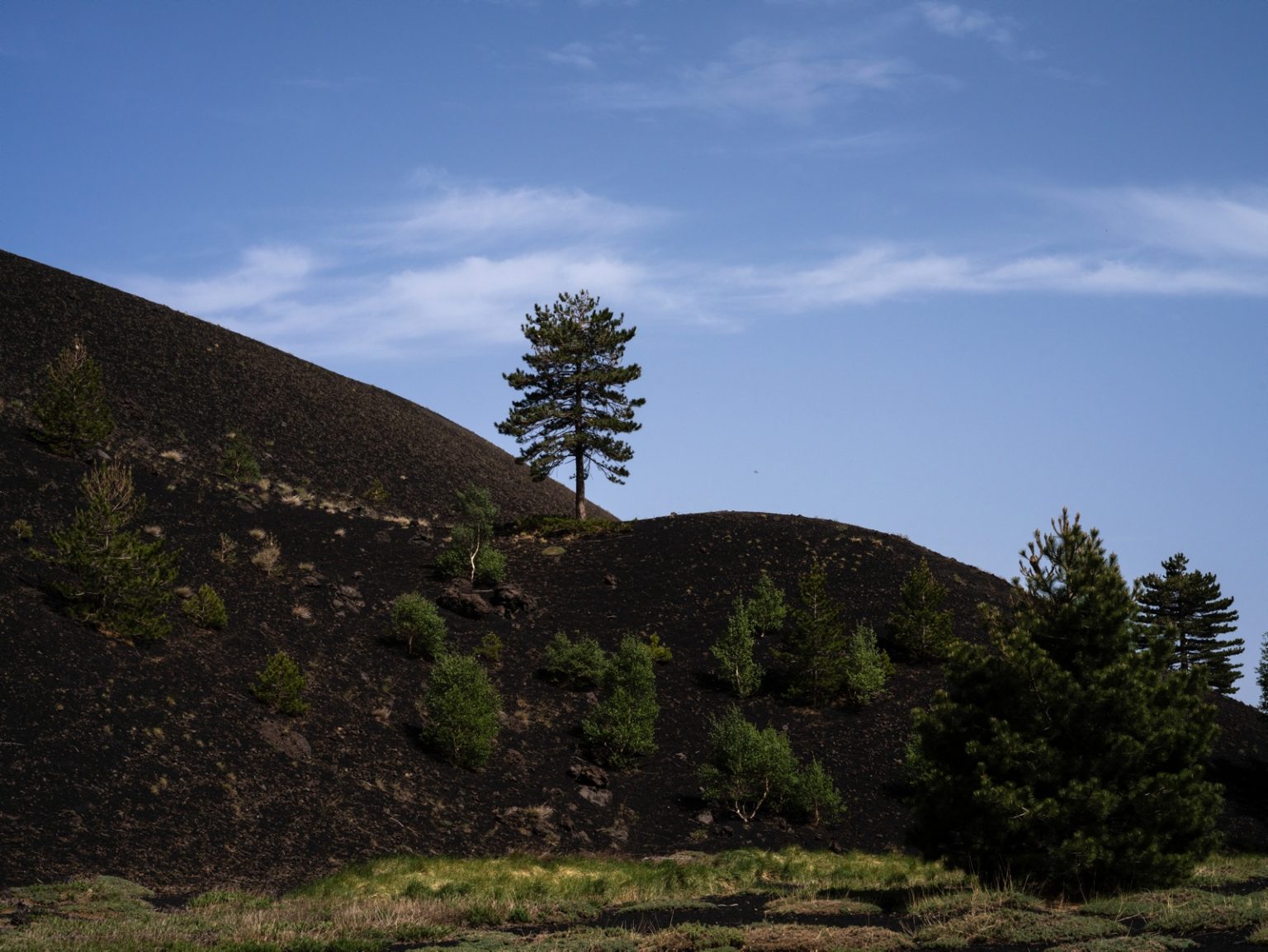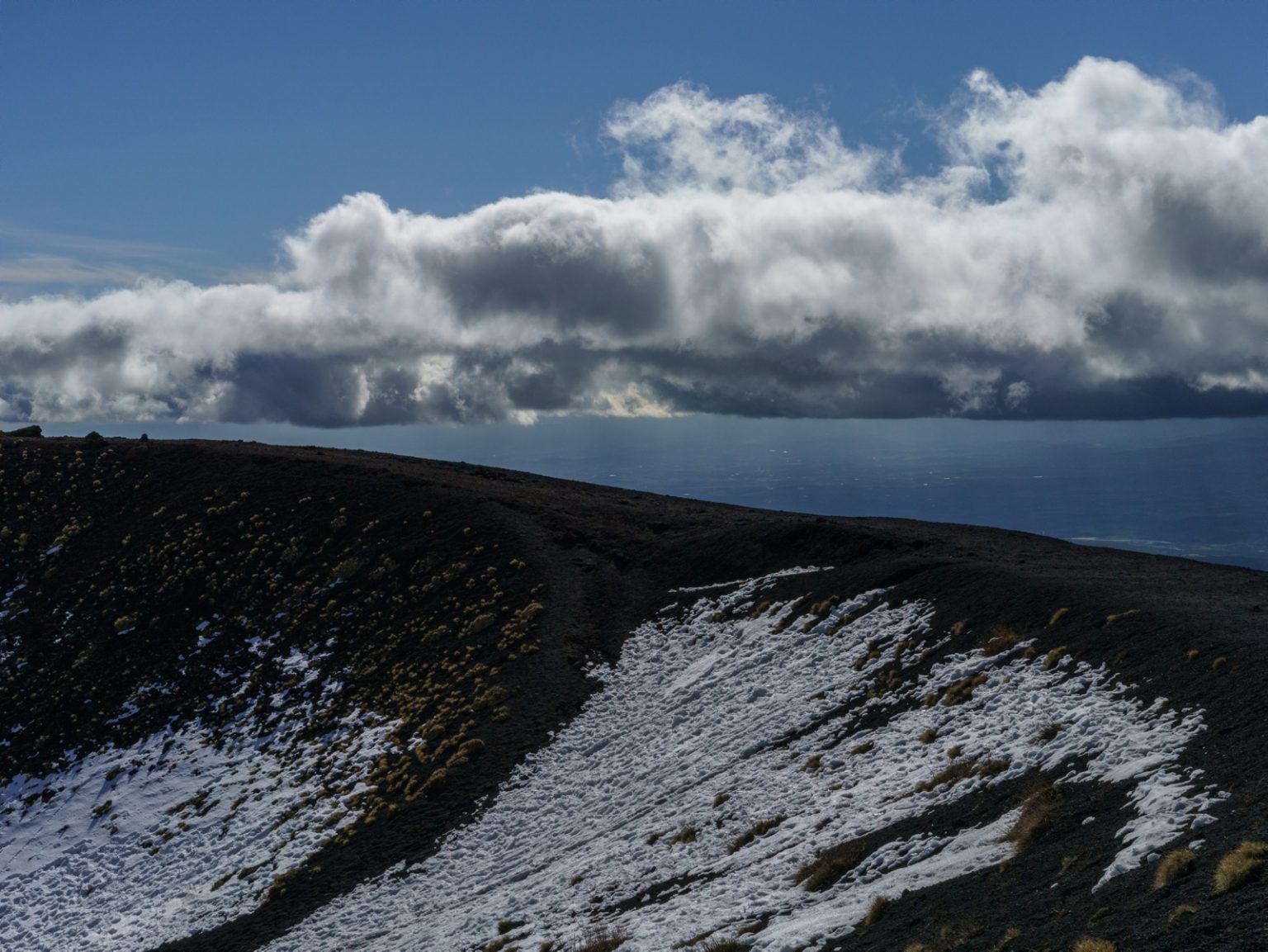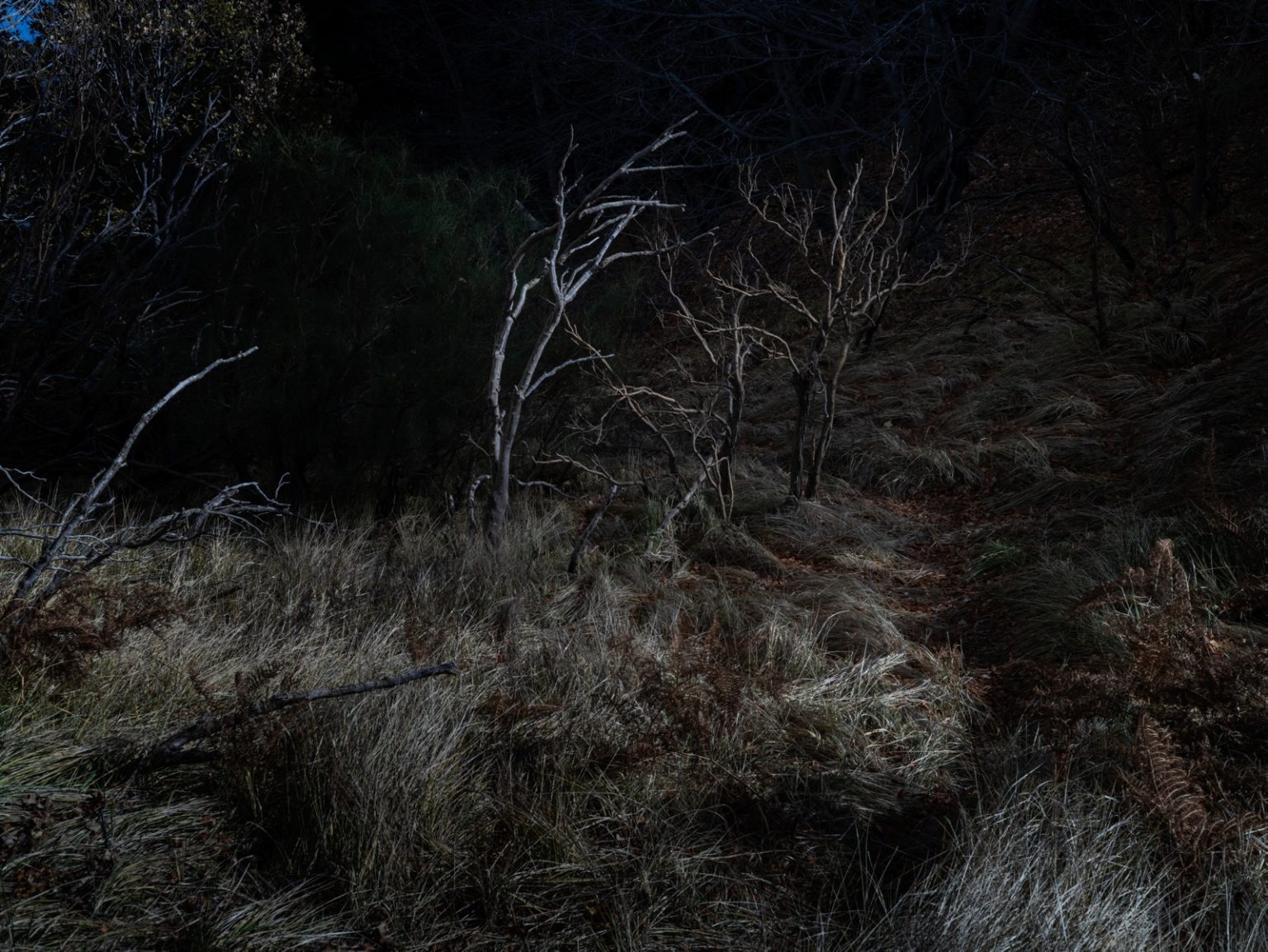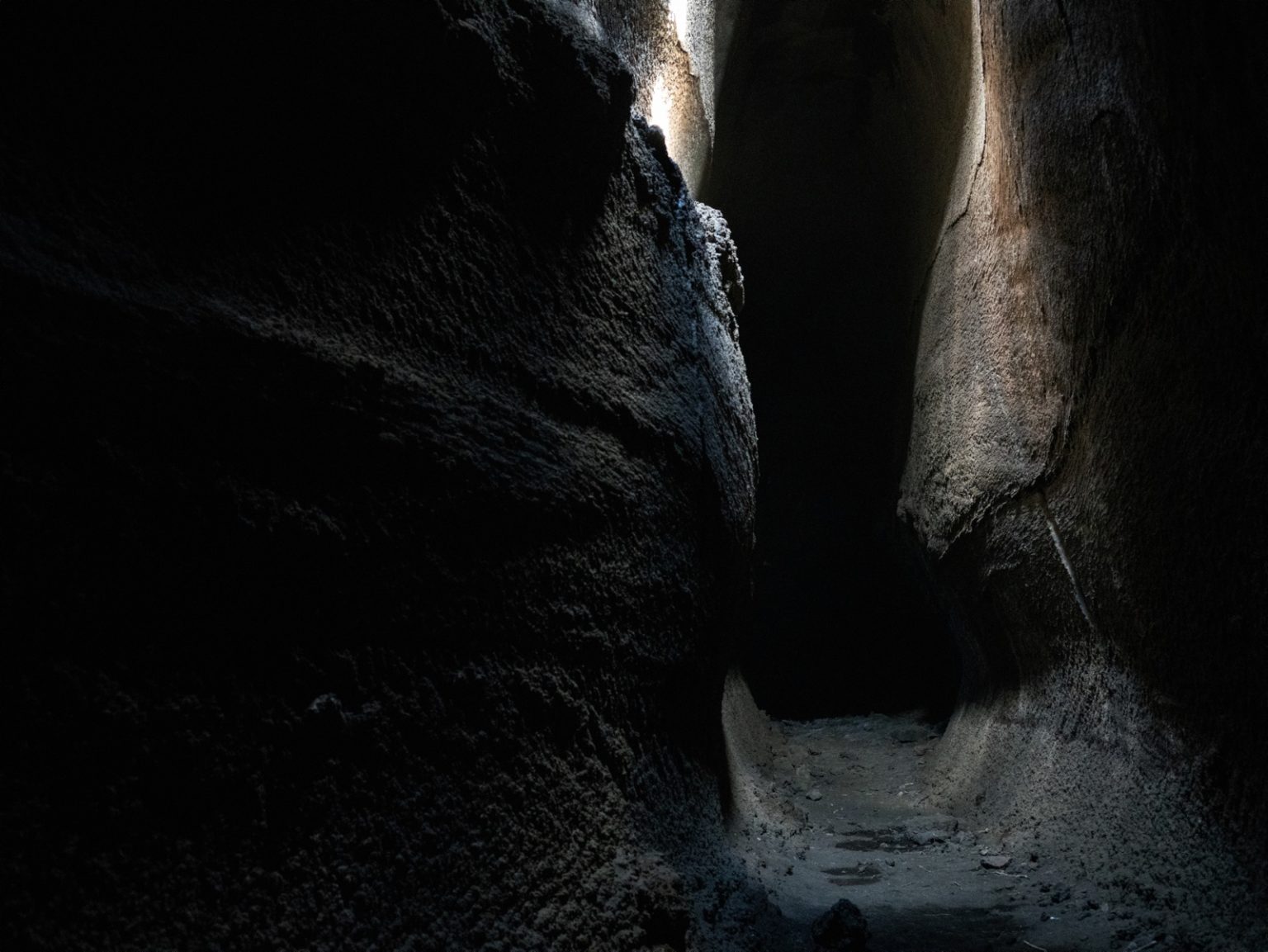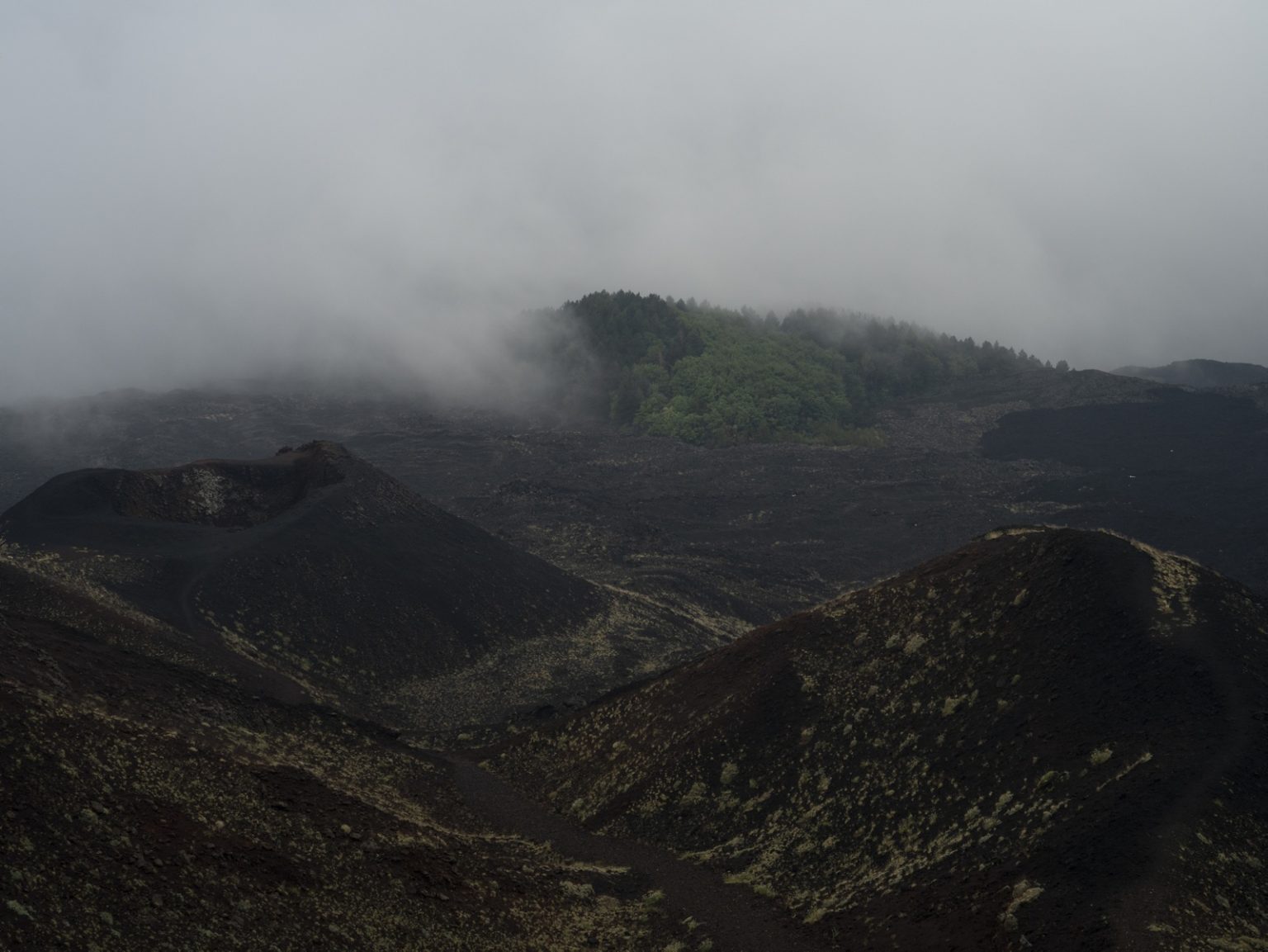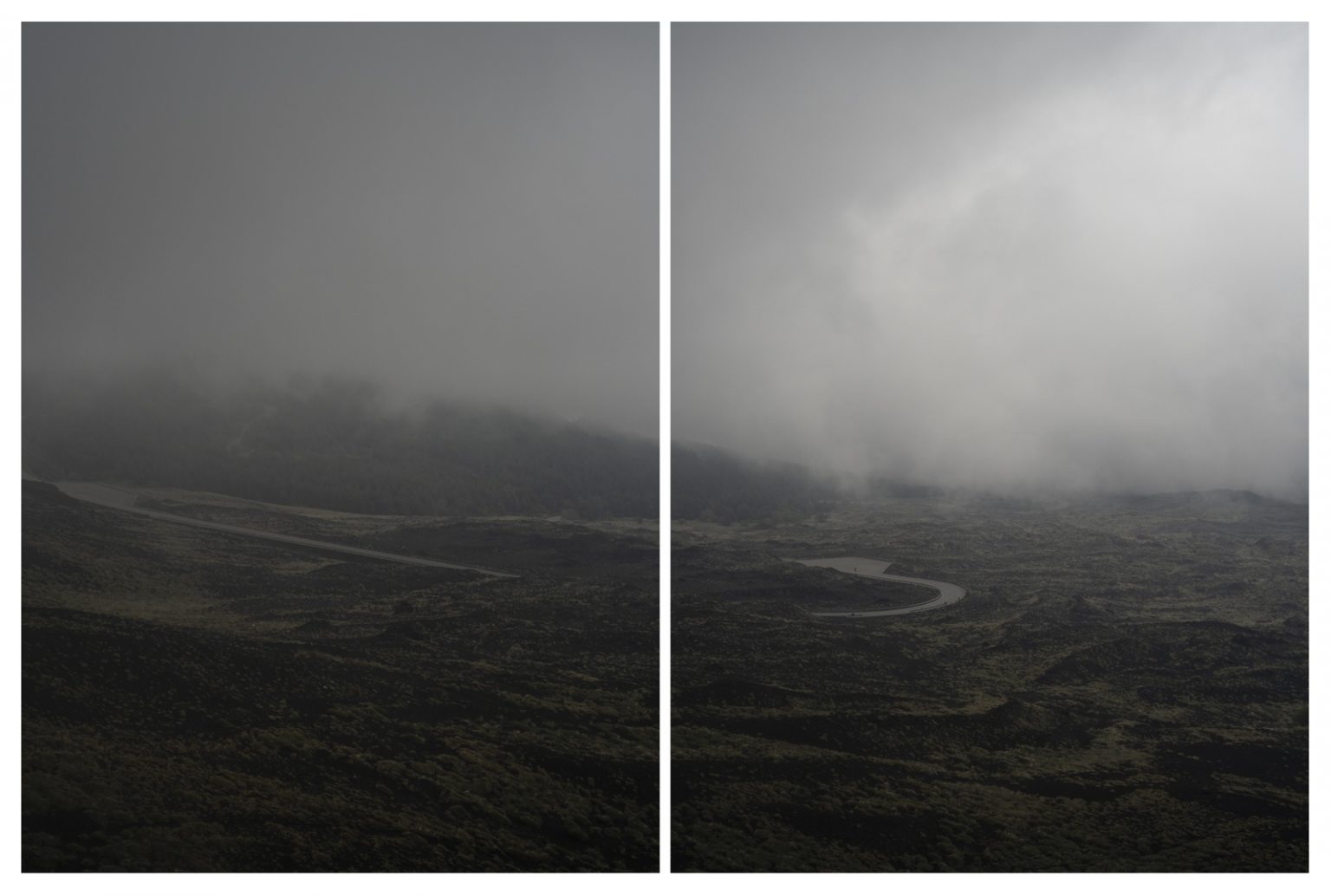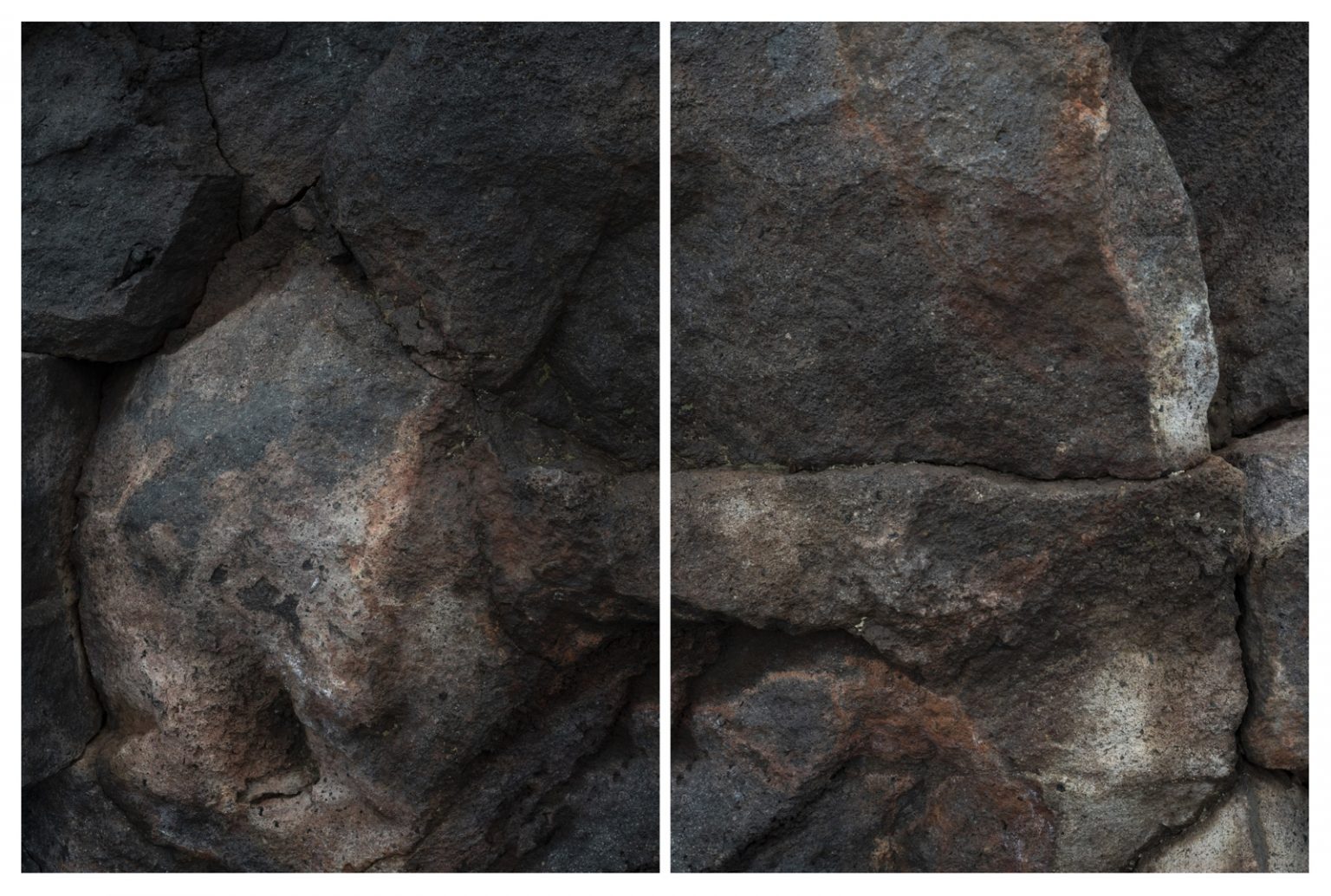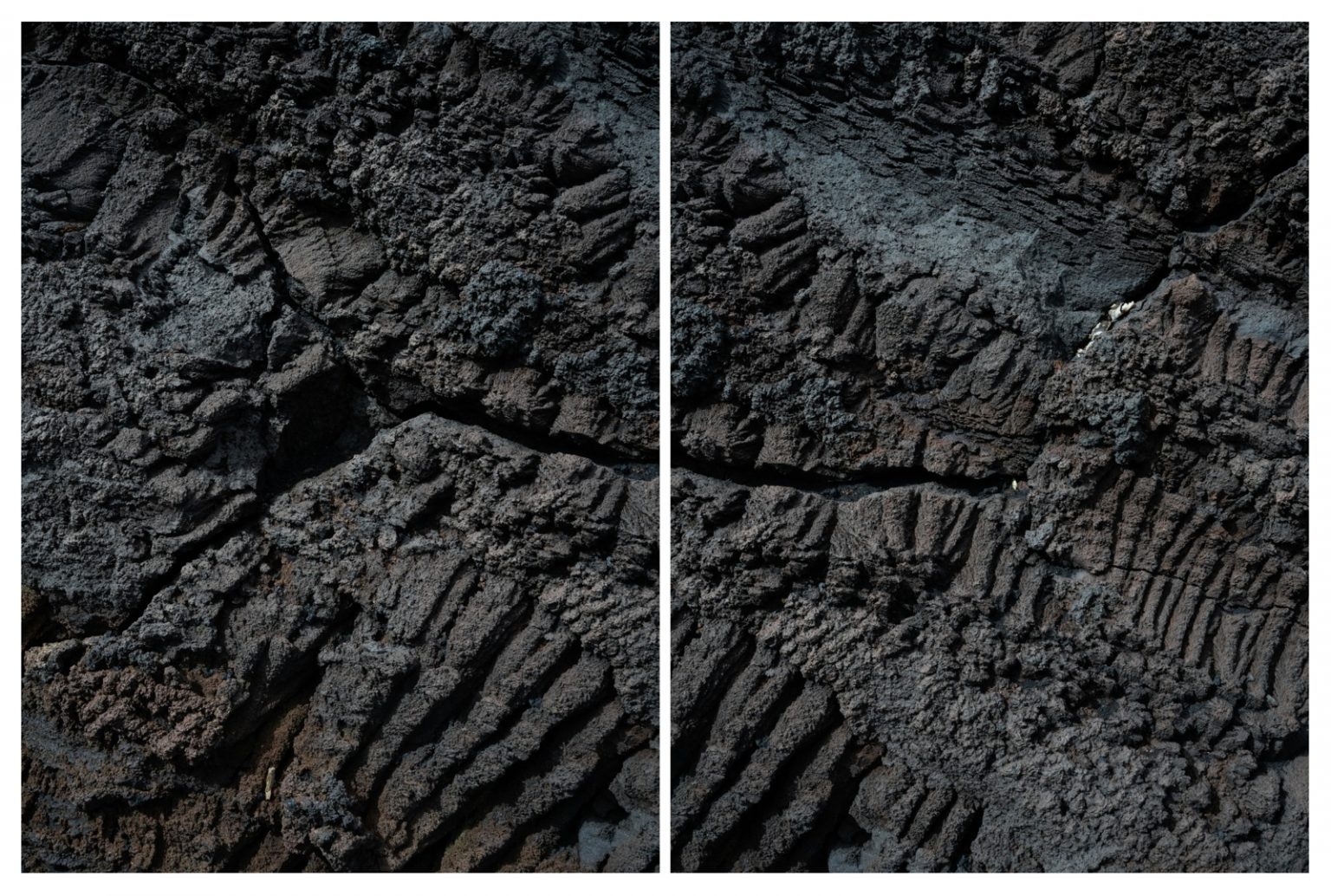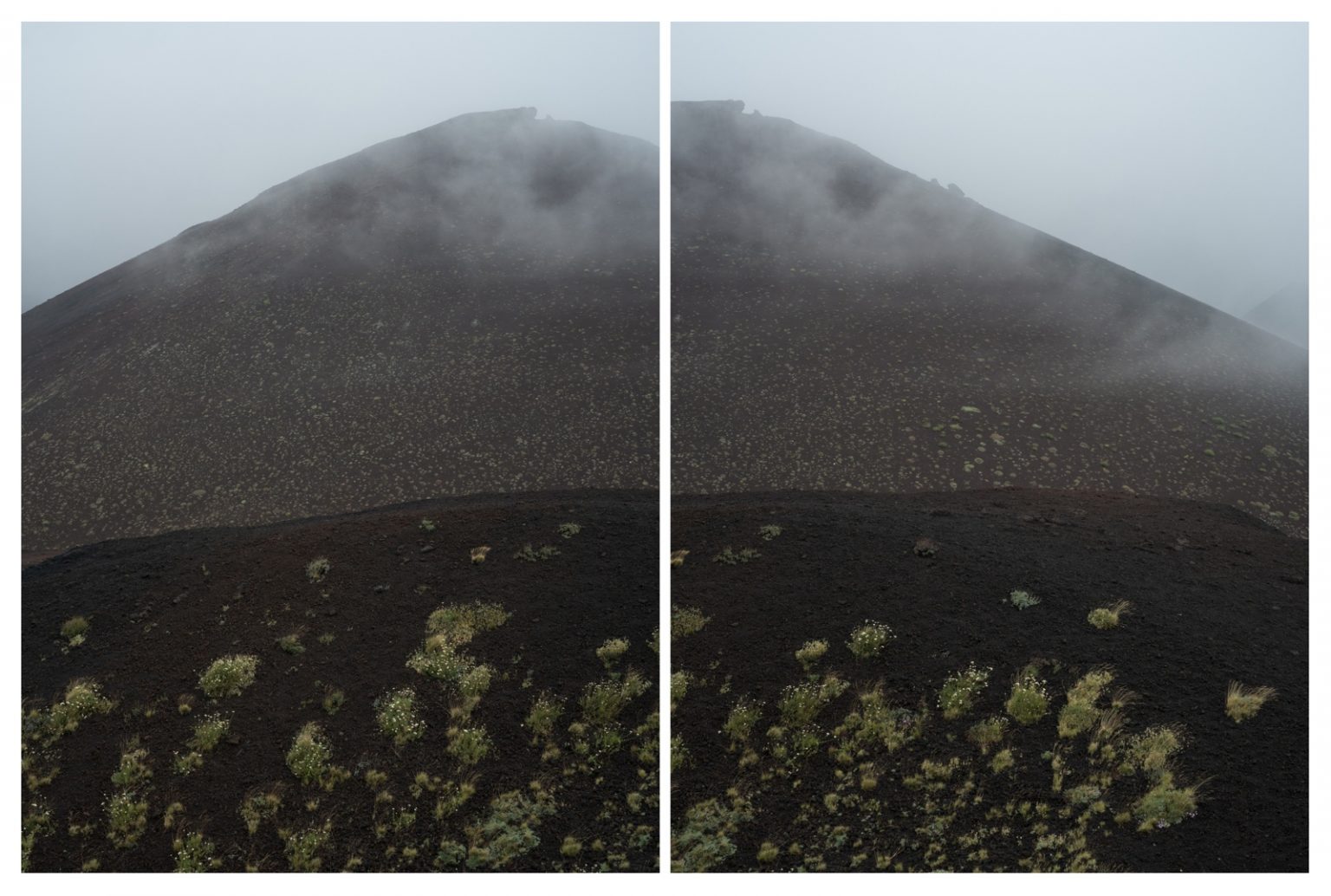Mount Etna
From a geographic perspective, Mount Etna is the largest volcano in Europe, and among the most active volcanoes in the world. Its eruptions occur both at the summit, where there are currently four craters, and from the flanks, up to heights of a few hundred meters above sea level. Summit activity can continue for many years with few interruptions and often characterizes the intervals between one flank eruption and another. Such intervals can last from a few months to more than 20 years, although in the past 40 years the average interval between flank eruptions has been about 2 years. The duration of a flank eruption can be a few hours or exceed a year.
Until recently, Etna was considered a predominantly effusive volcano, i.e., characterized mainly by the emission of lava flows that can cause material damage but do not pose a direct threat to the lives of the 900,000 people living in potentially endangered areas. More recently, a sharp increase in explosive eruptive episodes at the summit craters has been observed, especially since the late 1970s. Particularly violent explosions were observed during the 1995-2001 summit eruptions, with about 150 episodes of lava fountaining (also known as paroxysms) and again in the years 2011-2015 and, more recently, from 2020 to the present. Most of these paroxysm episodes generated high columns (many kilometers in height) of gas and ash.
The activity of Etna, as well as that of other Sicilian volcanoes, is constantly monitored by the INGV (the Italian Institute of Geophysics and Volcanology. The Catania-Osservatorio Etneo Department carries out research, monitoring and surveillance activities in the fields of geophysics and volcanology. This INGV Section was created in 2000 by the merger of the International Institute of Volcanology (IIV) of the National Research Council (CNR) in Catania and the Poseidon System-Sicilian Geodynamic Observatory.
Along with its research activity, the INGV of Catania carries out seismic and volcanic monitoring and surveillance service of the Sicilian territory, supporting the Civil Protection bodies.
In particular, 24-hour monitoring is provided through the functions of the operations room, which communicates seismic and volcanic events in real time to the National and Regional Civil Protection Department.
The Operations Room of the Etnean Observatory in Catania is the operational facility where signals acquired by the multi-parameter monitoring networks of Sicilian volcanoes (Etna, Stromboli, Vulcano, Aeolian Islands, Pantelleria) converge. Here the data are preliminarily processed and visualized through modes specific to the purposes of surveillance of Sicilian volcanic areas.

